Francisco Zurbarán's commercially successful in-studio fashion foto shoots—produced in the 1640s
Commissioned as editorial rebukes to Protestantism during Spain's Golden Age; and, Notice the Avant-garde rendering of the Halos; and, How architectural exteriors and interiors speak to me
“Francisco de Zurbarán (1598–1664). Sometimes called the ‘Spanish Caravaggio’ [1571-1610] for his dramatic lighting [tenebrism] and austere realism…” — ChatGPT
I checked into my hotel, on a pedestrian-only street, around 4pm. A sunny late-afternoon in the Old Center neighborhood of Málaga. From my room on the top floor, the sight of the terracotta roofs of the adjacent apartment buildings, with their pigeons and roof cats…
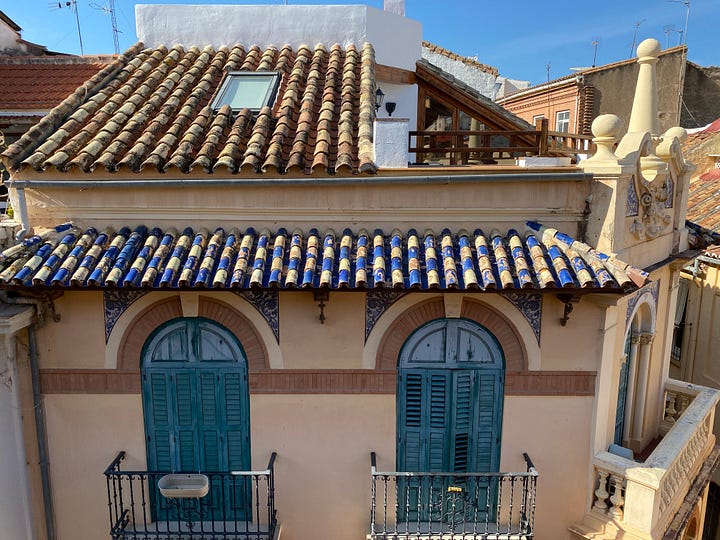
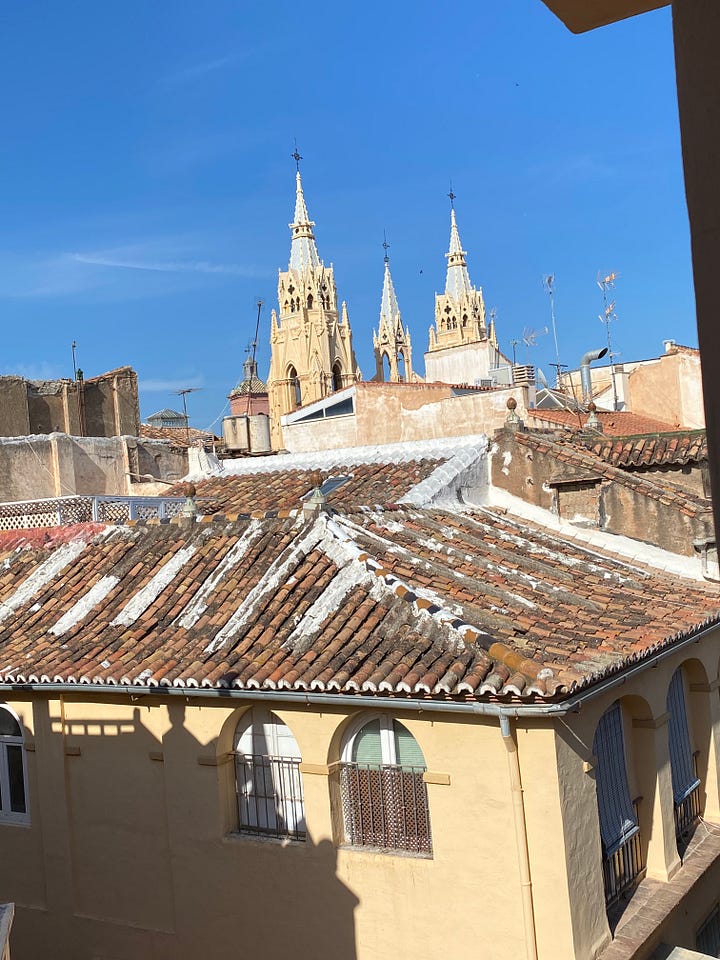
‘Chugged down the remaining water left in a plastic water bottle I’d purchased (at the Málaga airport after returning my rental car and then catching a taxi to Old Center (having returned from a trip to the village of Capileira—in the Sierra Nevada mountains (winding roads in excellent Swiss-road condition)), double-checked that I had my wallet (front pocket), hotel card (front pocket in wallet), and headed out for a stroll...
Soon, a noticeable amount of people, going into and coming out of a particular building, caught my attention. No visible name or outside placard from my field of vision, but an inviting building none-the-less, so I walked up the stairs and in. The greeter spoke some English. It was an art museum, and today was free-admission day. OK, let’s check it out, I said to myself…
Three-dimensional realism depicted on a two-dimensional canvas—in the form of an in-studio fashion foto shoot, can cleanse the mind and purify the soul, when meditating and reflecting against the beauty depicted—realizing that the past 385 years are collapsed down into one millisecond. Oil paint? Foto chemicals? Canvas? Silver-Gelatin Paper? Large-format Fashion Magazine? Or the continuity of a foreshadowed structural idea that has not changed over all that time?
In-studio fashion foto shoot end-product: The resulting Images
Whether oil paint, or Kodachrome, these renderings in two-dimensions, from the 1640s, transcend time. That’s what made viewing them an ‘energizing, clean, intellectual burn’. You don’t get to that state of mind unless you take three dimensional realism and collapse it into two dimensions. Otherwise, you’ll find yourself in an overstimulated light trance—as you will see further below in this peice. But first, let’s stay with this Francisco Zurbarán special Foto exhibition—and the Curator’s statement for it, before moving on to the hallucinogens…
The Curator’s statement
“During the Baroque period [1600–1750] in Spain, the Catholic reaction to the Protestant Reformation [1517] gave rise to an art based on realistic and highly dramatic images whose purpose was to inspire devotion through highly emotionally charged depictions of saintliness. This context, in what was known as the Spanish Golden Age (the 17th century) [1492–1659], saw the emergence of a notable group of great master [painters] ranging from Ribera [1591–1652], Velázquez [1599–1660], and Murillo [1617–1682], to the Extremadura-born Francisco Zurbarán (1598-1664) [Extremadura is an region in western Spain, bordering Portugal]. The work of Zurbarán, the subject of this exhibition, represents a type of religiosity that is gentle and familiar, yet equally moving.
“The Saint Marina from the Museo Carmen Thyssen Málaga’s permanent collection [note to my substack readers: other artworks I observed and took fotos of while venturing into the general galleries there, will be for another post—along with some details about Carmen Thyssen herself], painted around 1640–50, is the starting point for this show: a selection of female saints by Zurbarán that epitomize the brilliant contribution he made to Baroque devotional iconography by creating these archetypes of female saintliness. This repertoire of beautiful, serene women saints embodied models of faith and a pure, virtuous life and prompted the faithful to devotion, meditation and prayer in a less gruesome way than images of female penitents and hermits. Zurbarán’s painterly skills, visible in the naturalism of the features and the virtuosic depiction of the clothing, are one of his distinguishing features in this genre.
“Although their iconographies differ, the pictures shown here are based on the same compositional model that Zurbarán and his [skilled assistants] repeated in countless commissions. Standing, splendidly dressed in the fashions of the time and carrying objects related to their hagiographies or generic devotional accessories, the saints are silhouetted against dark backgrounds. Their faces, expertly lit, are emphasized in these representations in semi-darkness, engaging with viewers or engrossed in meditation. These monumental figures, arranged in a row, also form a silent procession of saints transformed into earthly beings.
“The series of saints on loan from the Museo de Bellas Artes in Seville—[nine] canvases out of an original total of twelve, from the Hospital de las Cinco Llagas in that city (c. 1640–50)—illustrates the extraordinary commercial success paintings of this type enjoyed. Zurbarán himself and his skilled assistants tirelessly made replicas and versions of them due to the high demand from a large clientele of religious and welfare establishments in both Andalusia and the Americas, especially during the artist’s mature period. In contrast to these examples of studio products, the Museo Nacional Thyssen-Bornemisza’s Saint Casilda (c. 1635) is a superb example of the autograph works that served as models for replicas and versions.”
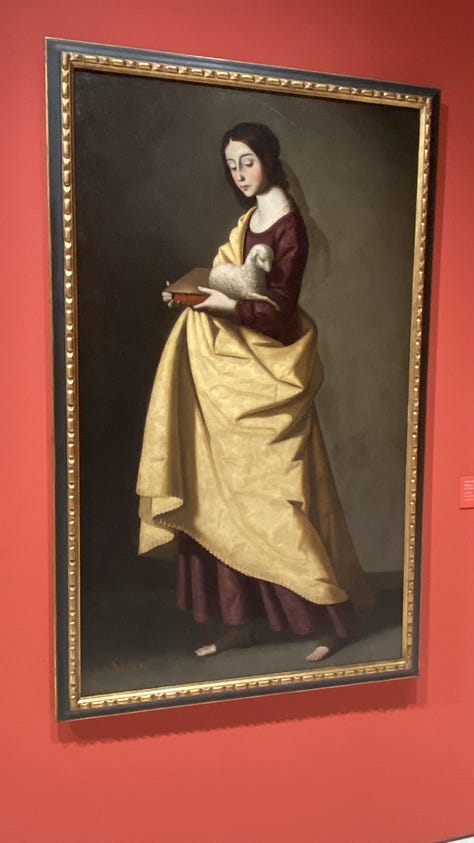
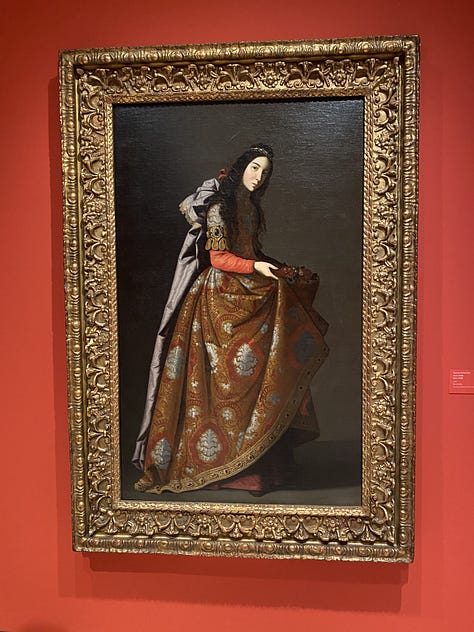
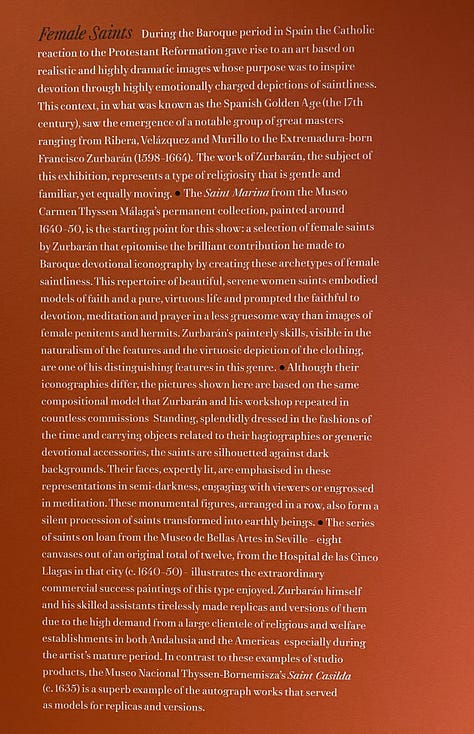
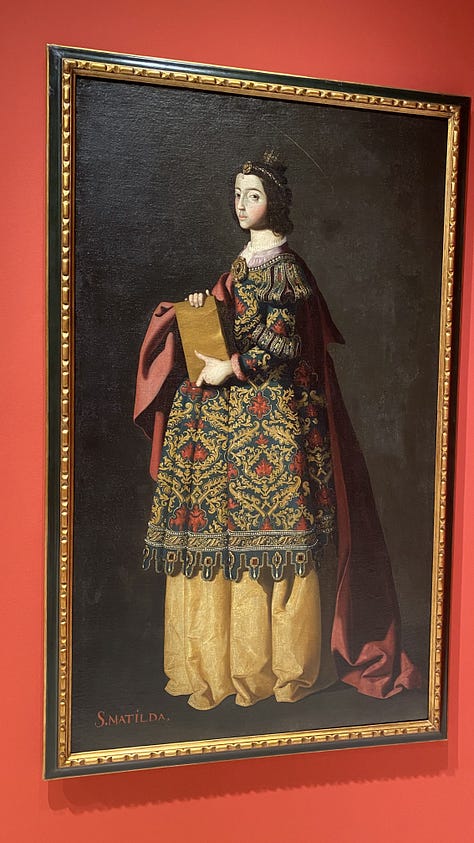
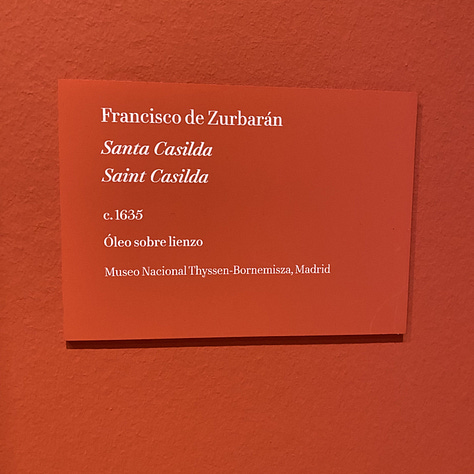
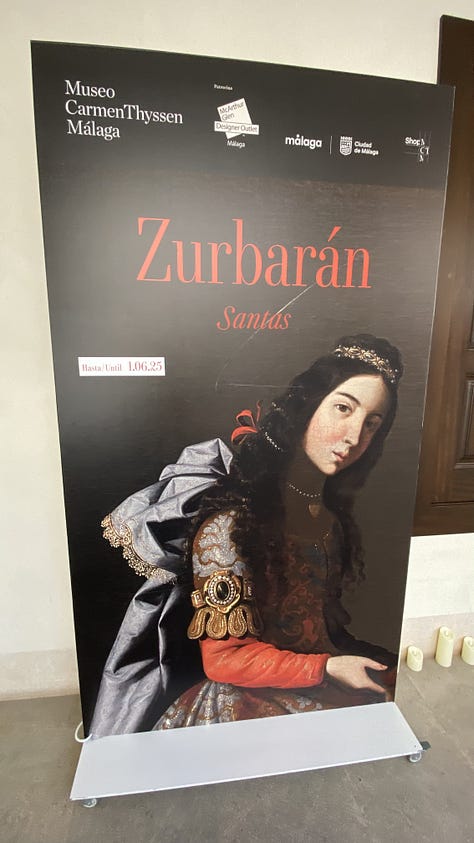
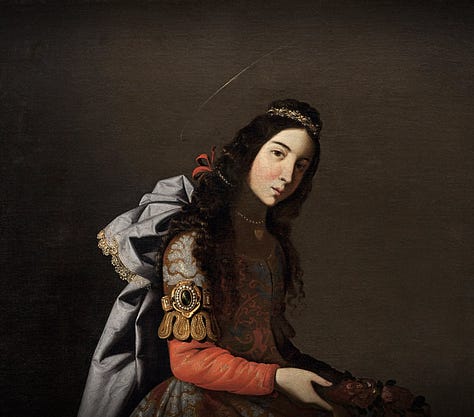
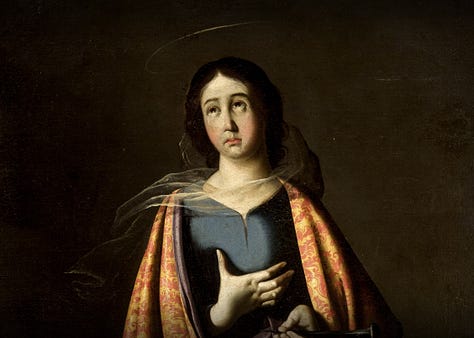
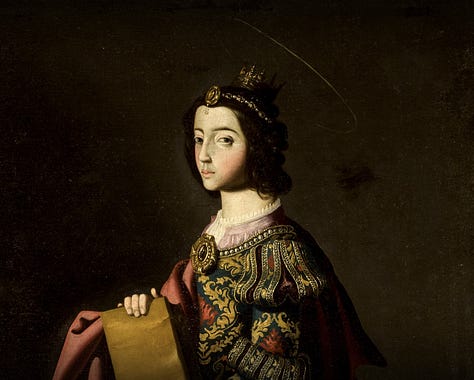
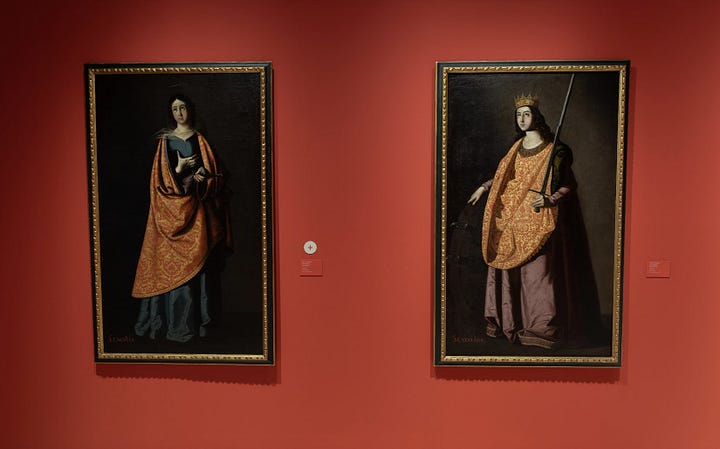
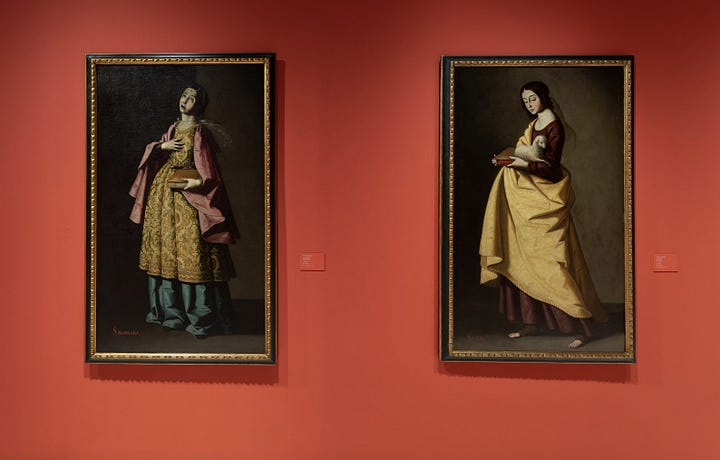

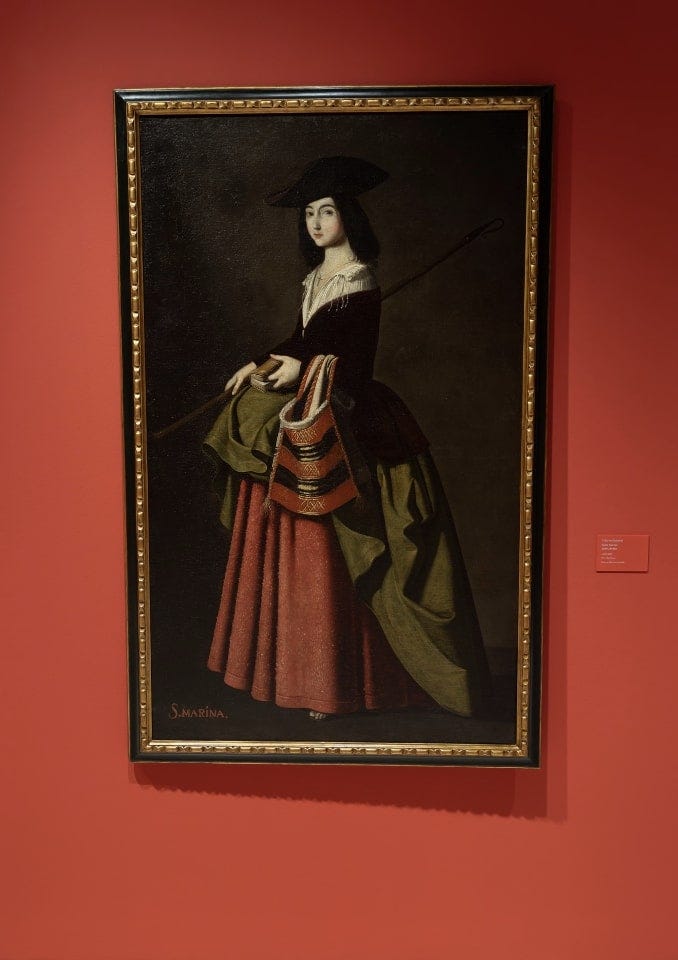
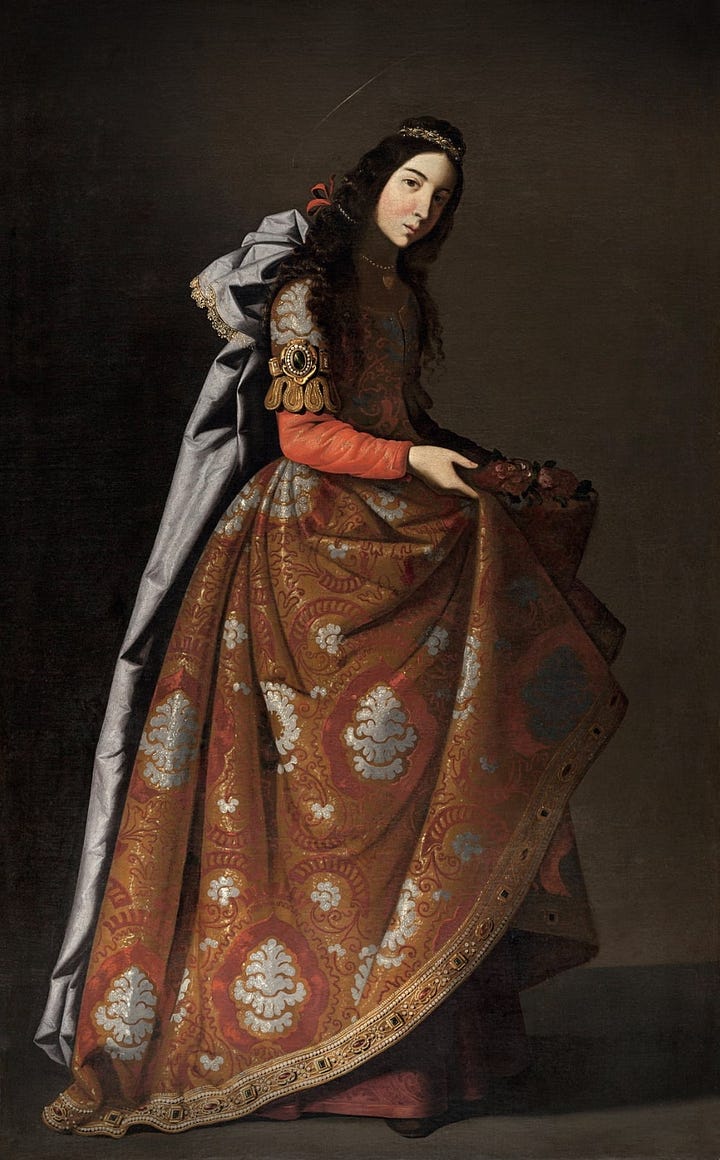
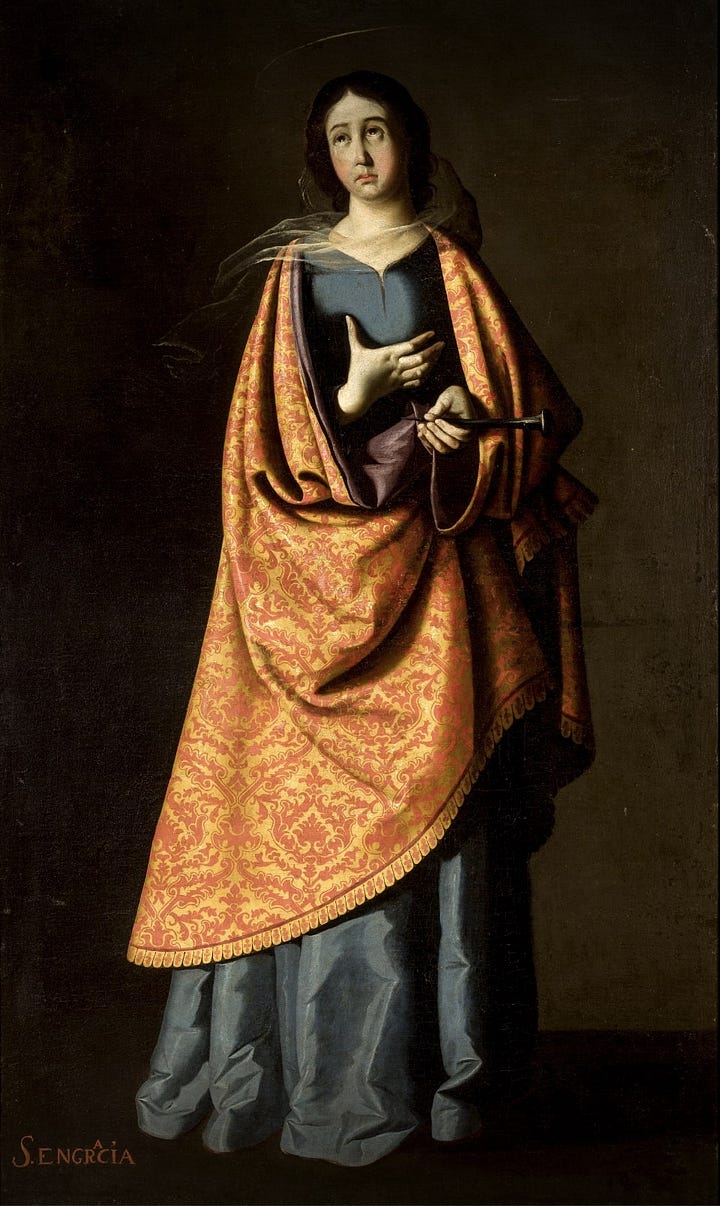
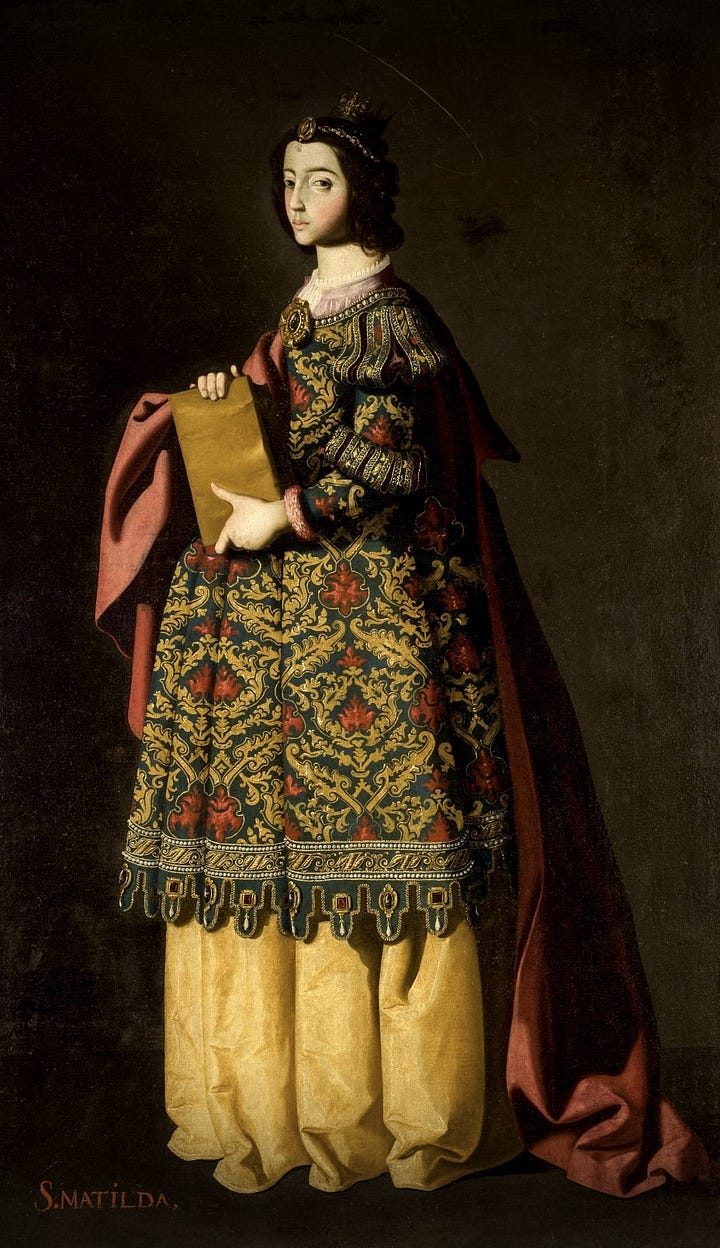
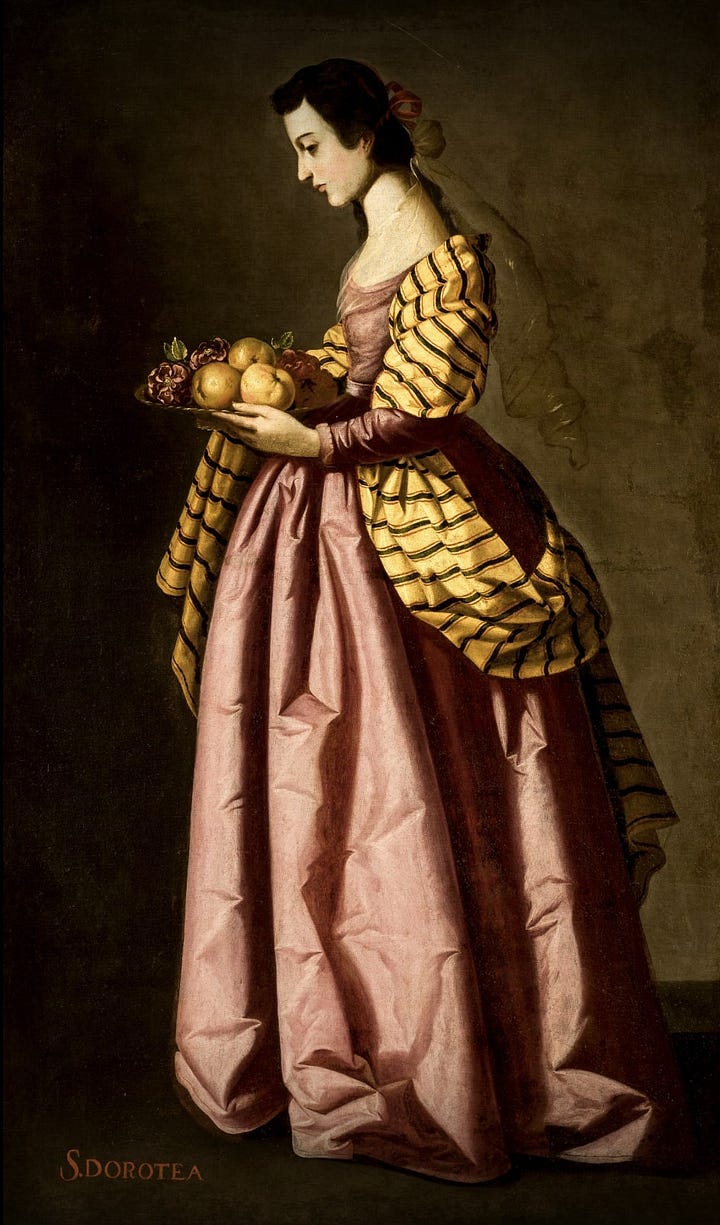
Now, out of the two dimensional ‘art’ world, and into the three dimensional ‘art’ world…
Three dimensional minimalism—but not to the extent of Brutalist [glass & steel] minimalism, can spark business ventures
A conversation with myself. Feelings & questions that I don’t need answers to—I’m not looking for answers. I’m painting impressions; I’m spawning seeds of potential vignettes. If only for my own amusement, then so be it
When I look at new, beautiful things with my eyes, I become meditative. Words, initially not words yet, still stardust, begin to form around never-before feelings.
Architecture does that to me.
Architecture creates a forcefield—which requires me looking at it to complete the forcefield circuit—which, for me, shortly thereafter, allows the stardust to form...
That’s why it’s good for me to travel to far away lands—like I did this past April to southern Spain: to be set face-to-face with different architecture—and, having confronted my own ‘northeast ugliness’ head-on in this piece, I was primed to receive new impressions, and then set words to them…
(By the way, southern Spain is an ‘escape from the now-here brutalist AI-future’. Time stopped there in 1989. Yes, there’s Euro currency, credit cards, internet, and mobile phones, but Global Homo (global homogenization) just can’t seem to get its fangs fully into the people of southern Spain…)
After taking-in Spanish Roman Catholic architecture (in Málaga) and then Islamic Moorish architecture (in Córdoba), first hand—both for the first time, the stardust formed into words, whispering in my ears…
“The Islamic Moors’ architecture is quiet, more conducive to doing business deals and deep, reflective thinking. How does one do a business deal inside in a Spanish Roman Catholic Church? It’s an explosion of over stimulation. A carnival of entrainment entertainment. I guess, go to the backroom behind a ‘chapel’ where it’s ‘quiet’? […]”
Did the Protestants ‘forbid’ praying/meditating in front of three-dimensional ornate icons—like those seen in the ‘chapels’ inside the Spanish Roman Catholic churches/cathedrals?
If so, then under what pretext(s)? Pretexts that came from the old and/or new testaments? From King Henry VIII [1491-1547] himself?
Were those praying/meditating excursions—in front of the chapels in the Cathedrals—putting most people into a light trance / hallucinated state?
Like that of watching TV today? Like that of taking a hit of opium? Like that of spending a weekend on a bender getting drunk? An escape from boredom?
Did these Protestant ‘forbid’-decrees subconsciously further power/juice a man’s will for the new Renaissance sciences and grand sea explorations? To simultaneously get back to the roots of what the Islamic Moors had already worked-out—while contemplating & designing their science & exploration plans while sitting and walking around large desks while in their more minimalist architectural settings—when compared to those settings that were intricately built-out in the ‘chapels’ in the Roman Catholic Cathedrals?
The Mosque of Córdoba
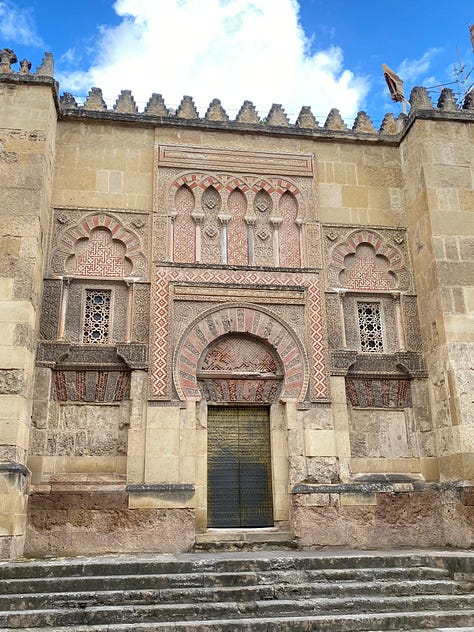
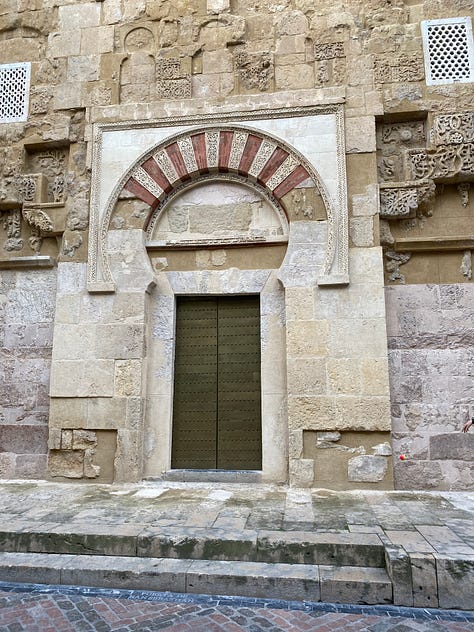
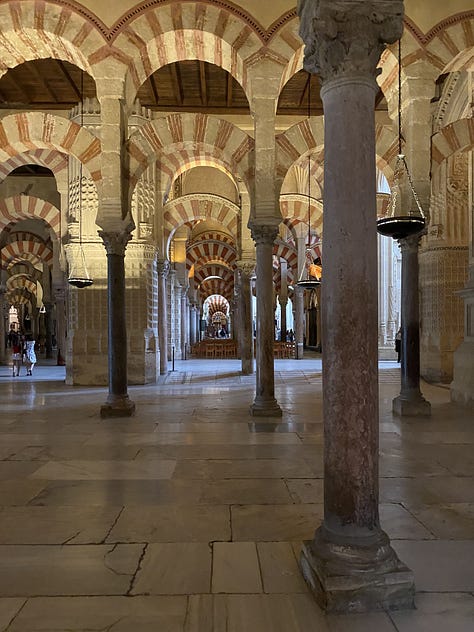
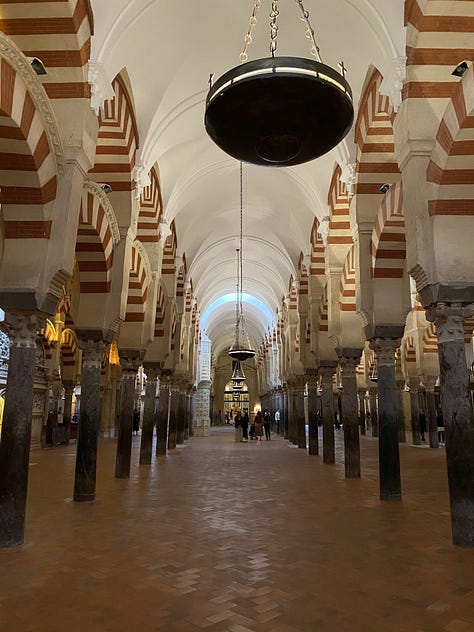


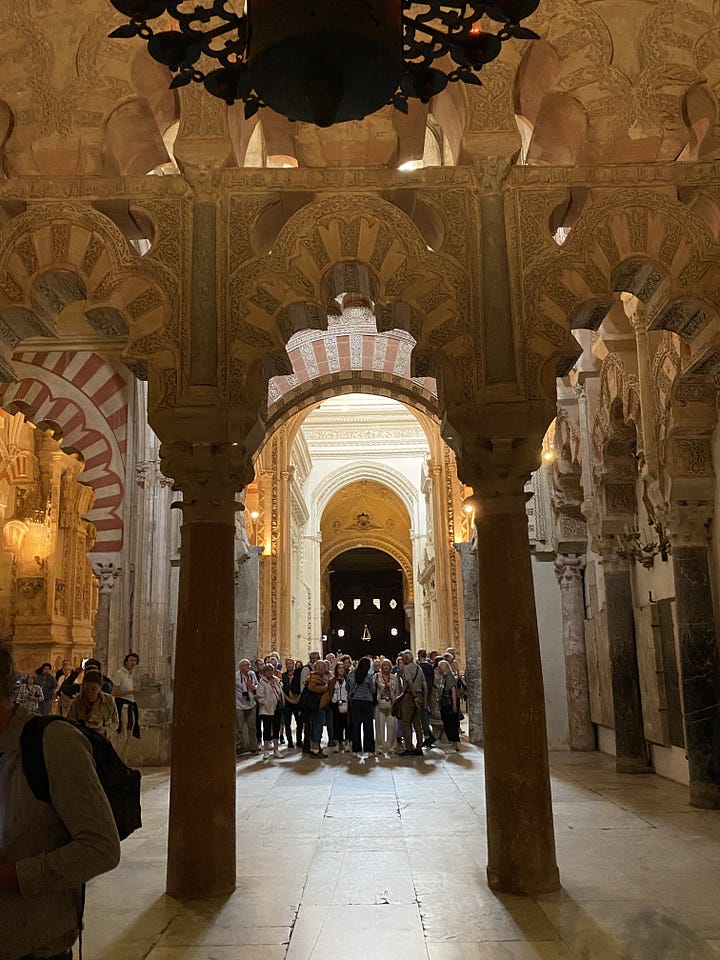
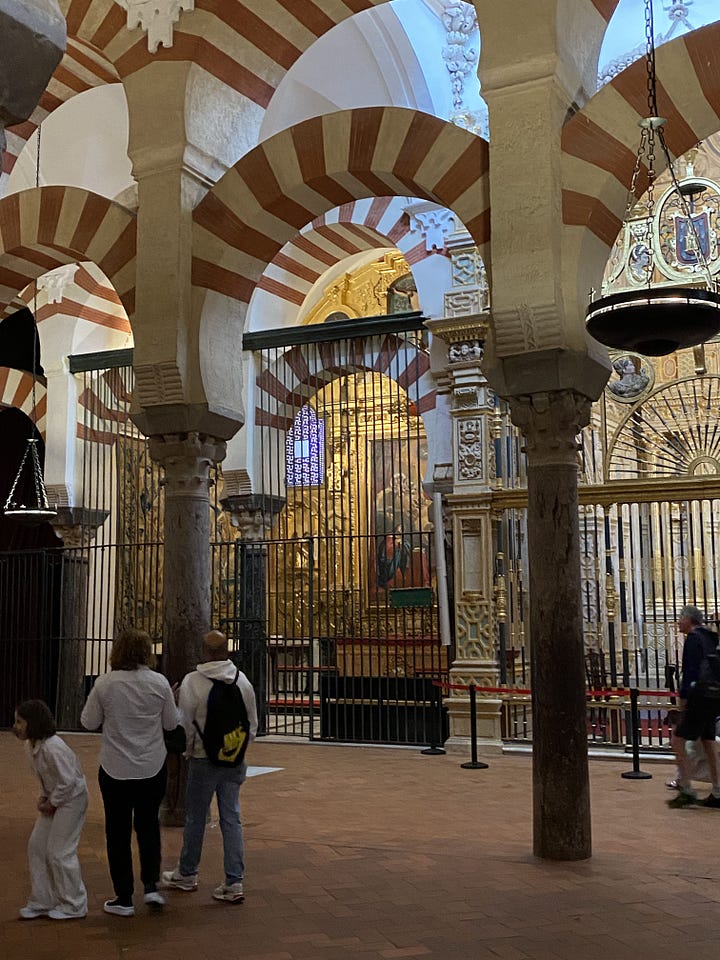
Archetypes, in human form, rendered in three dimensions and placed in ostentations settings, can over stimulate, short circuiting the mind… to hallucination?
The Cathedral-Basilica of Málaga
I visited the Cathedral-Basilica of Málaga—and meditated while in there—a few days before bullet-training to Córdoba to see the Córdoba Mosque.
But the epiphany of ‘hallucinating due to over stimulation while inside a church’ came the day before, when I entered the Church of the Holy Martyrs Ciriaco and Paula (Iglesia de los Santos Mártires Ciriaco y Paula)—also in Málaga (fotos of that Church will be for a separate post).
And, the day before that, I was standing face-to-face with the Fotos of Francisco Zurbarán.
Three different works of art, three different states of mind.

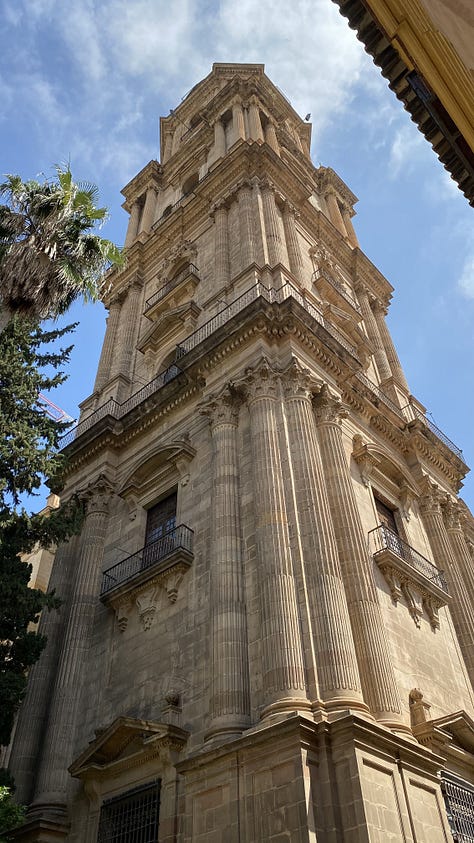
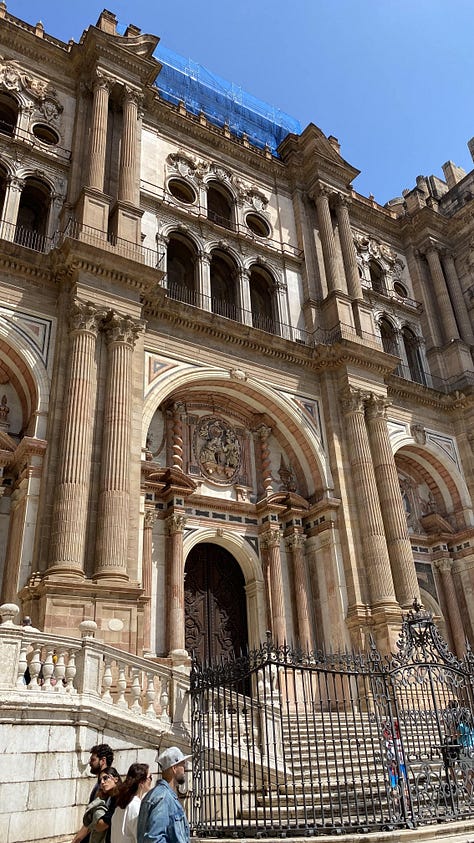

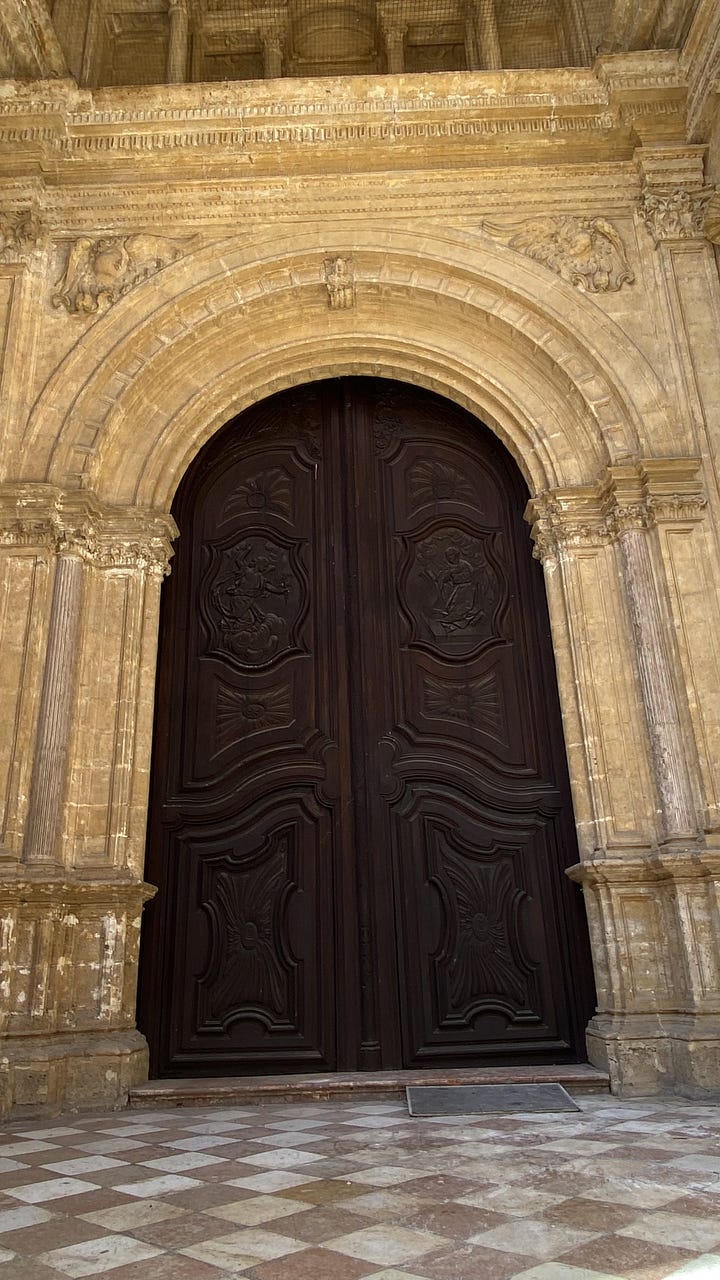
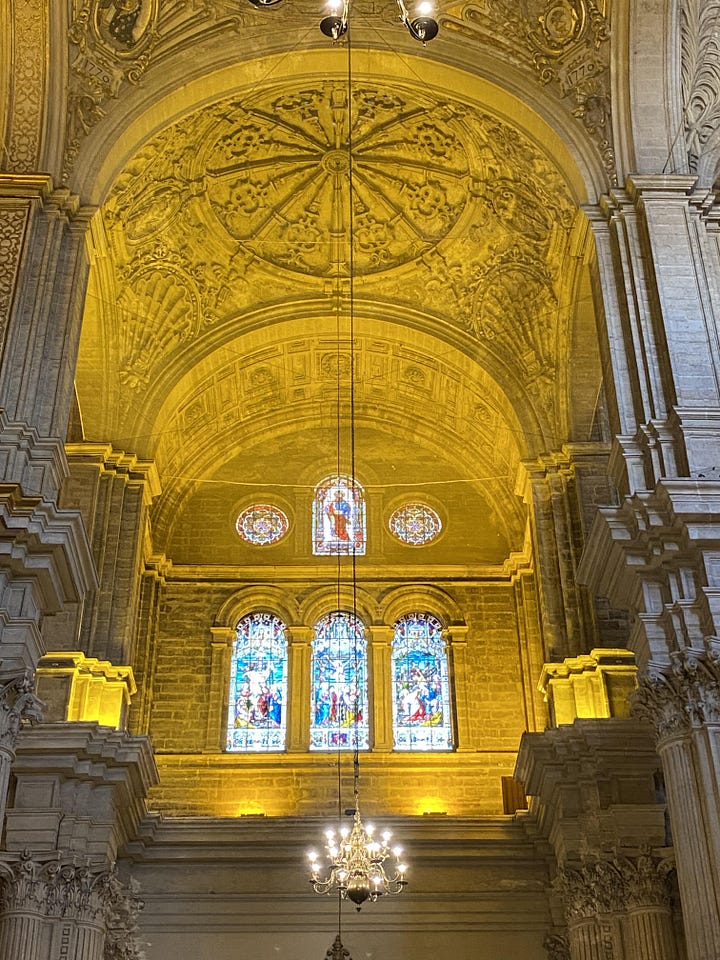
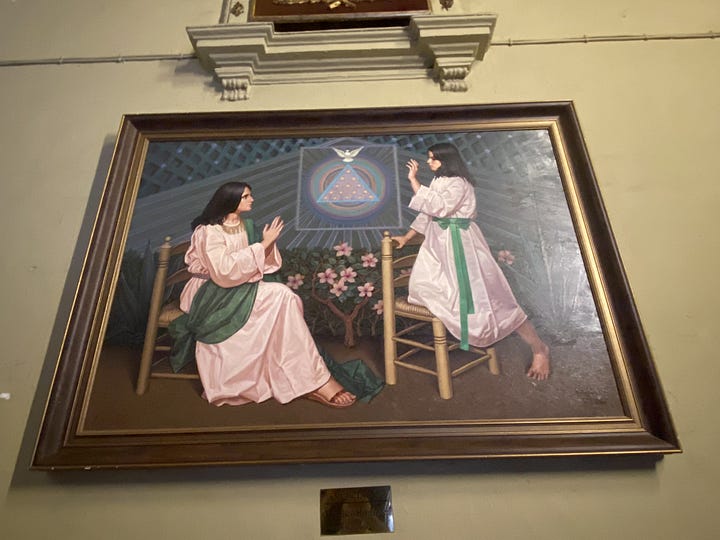
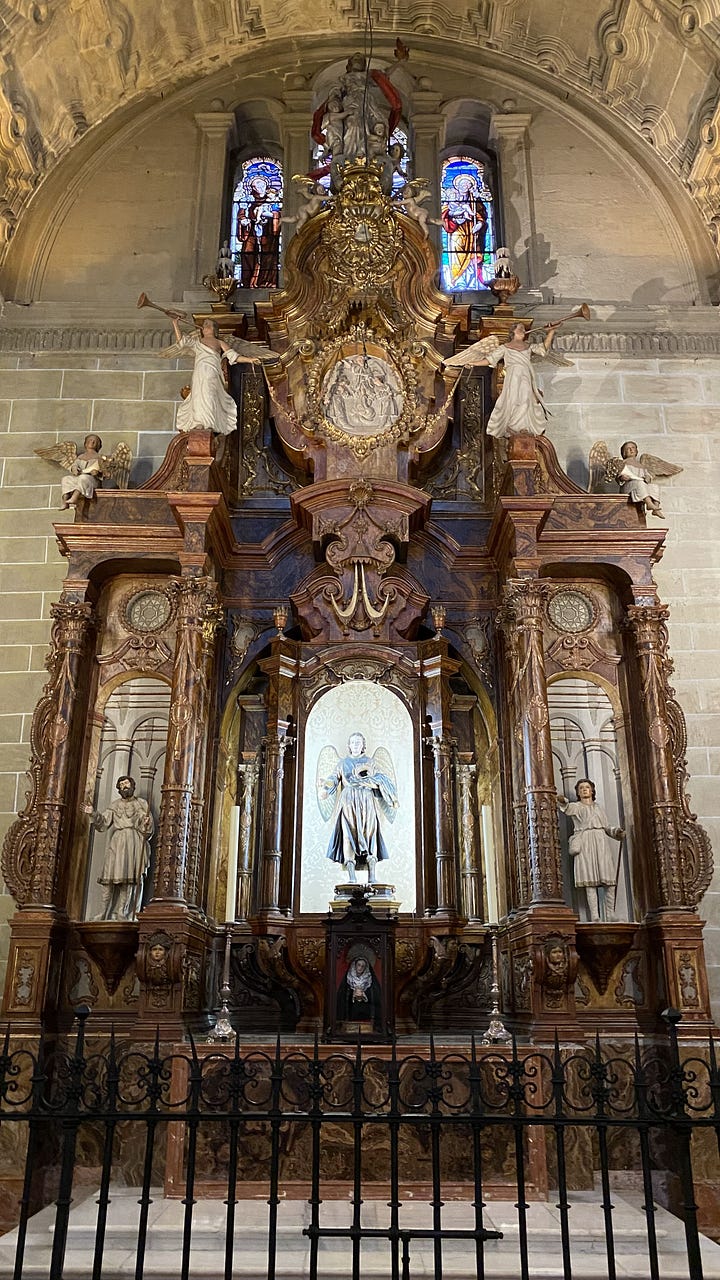
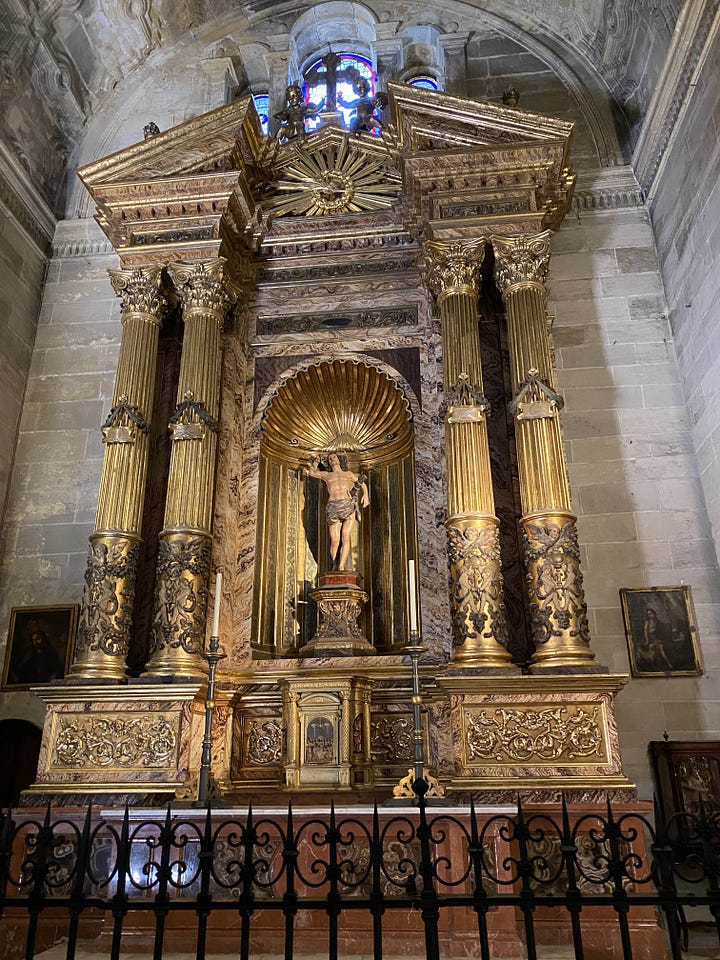
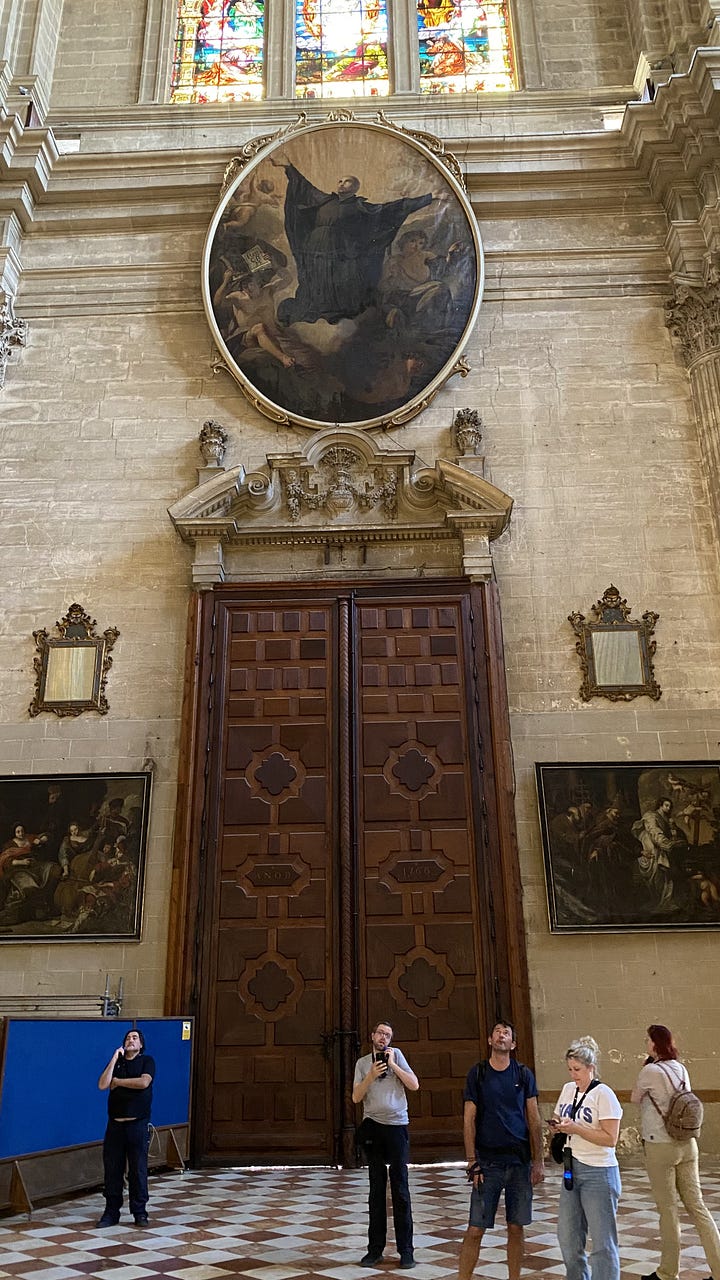
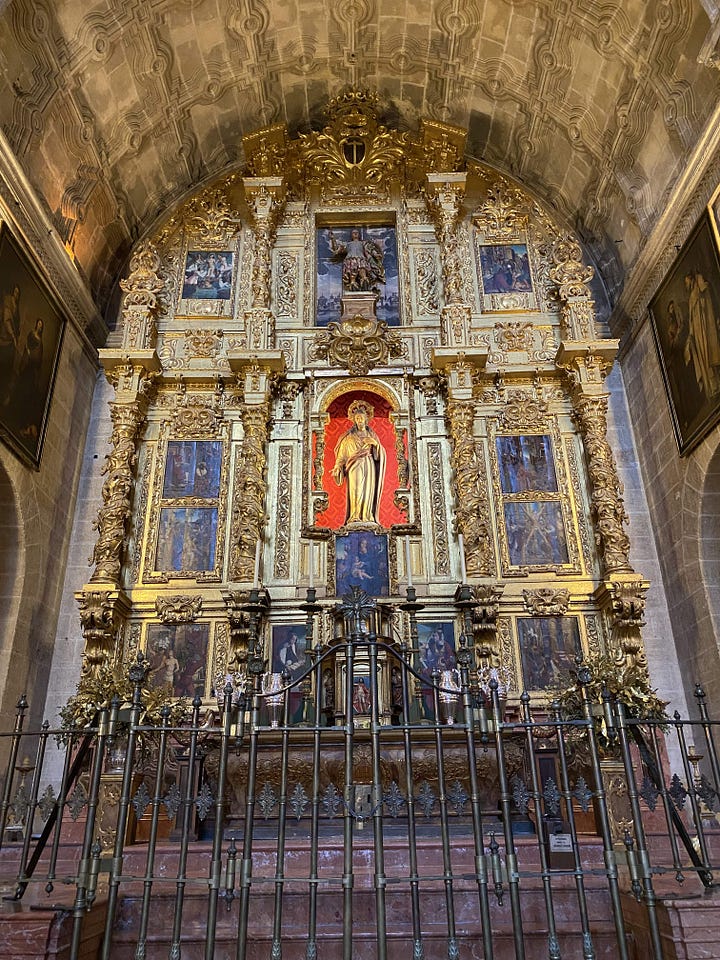
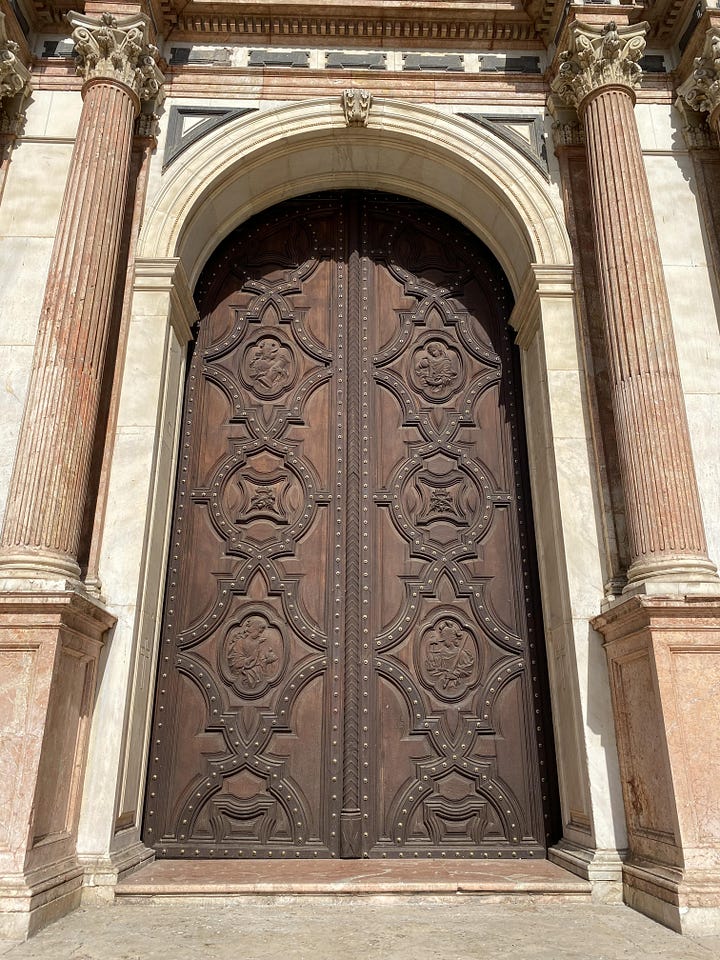
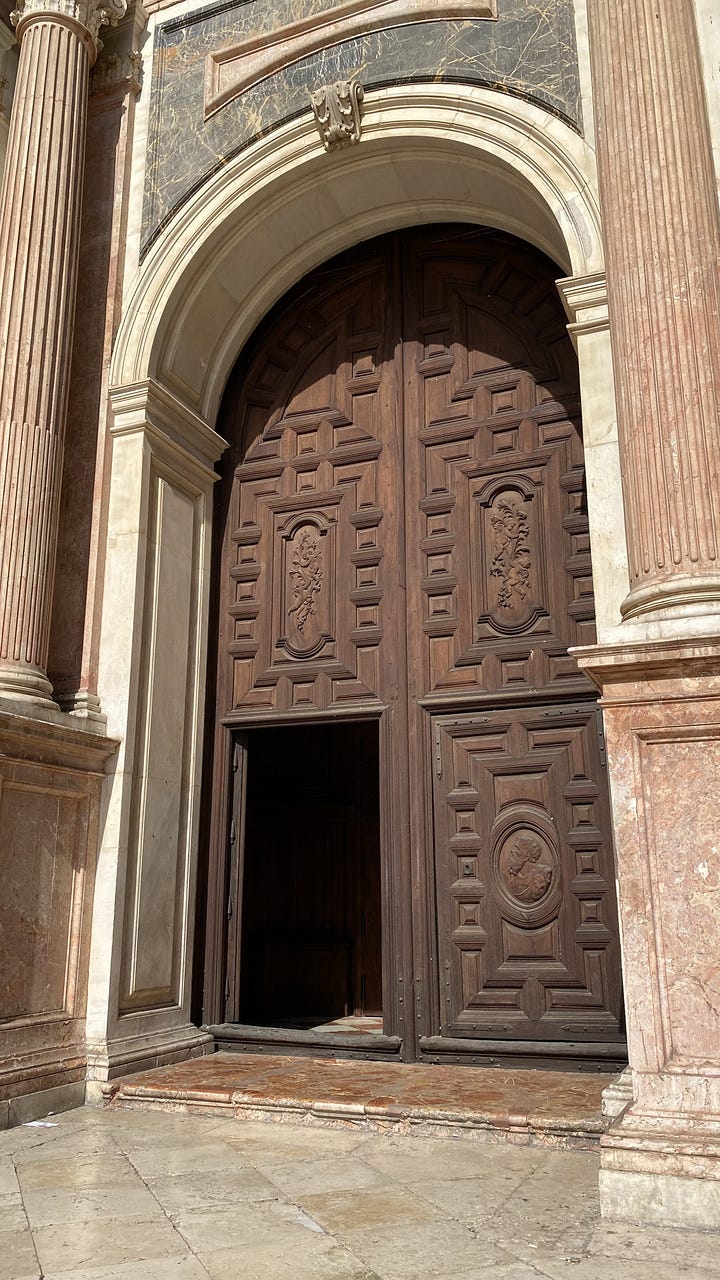
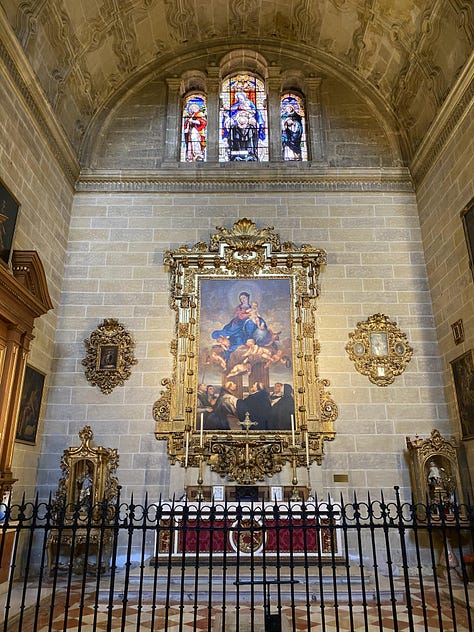
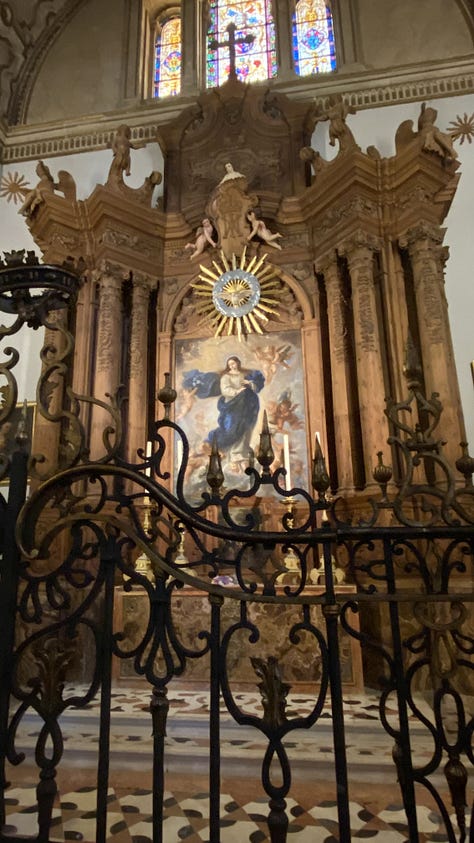

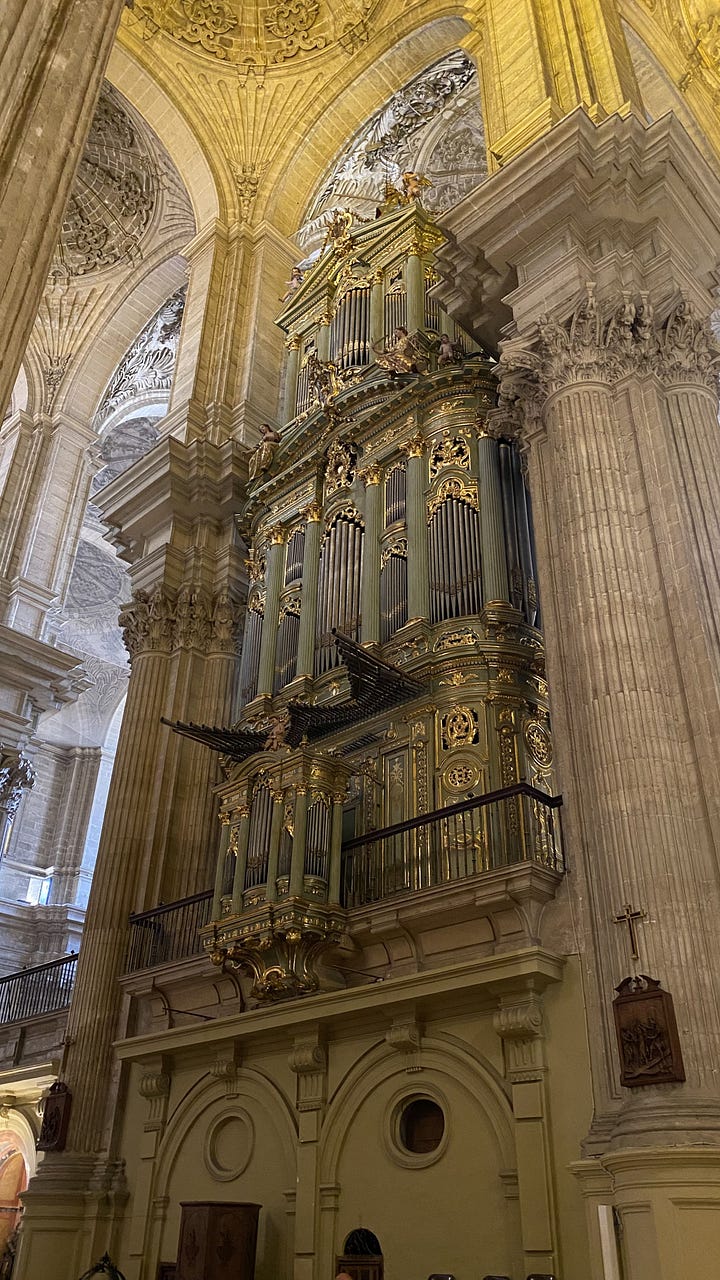
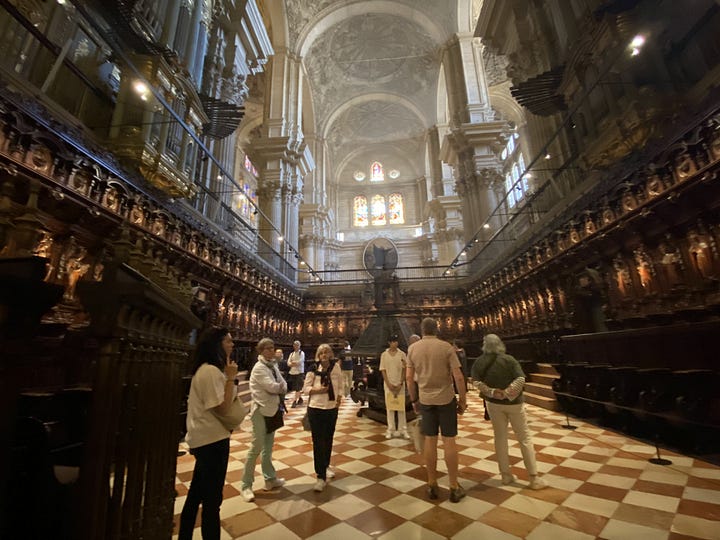
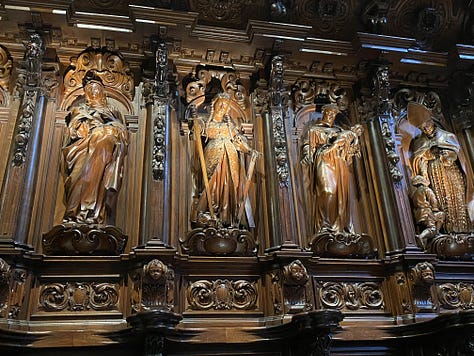
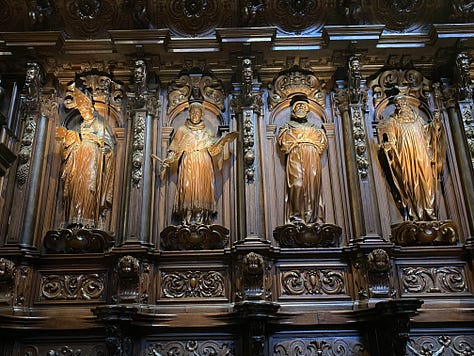
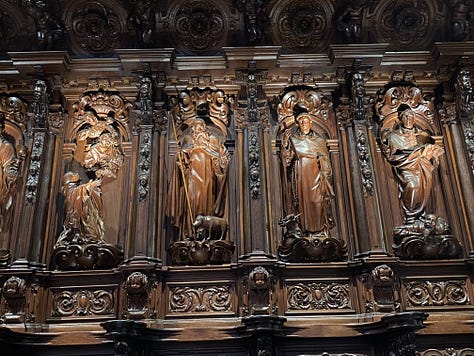
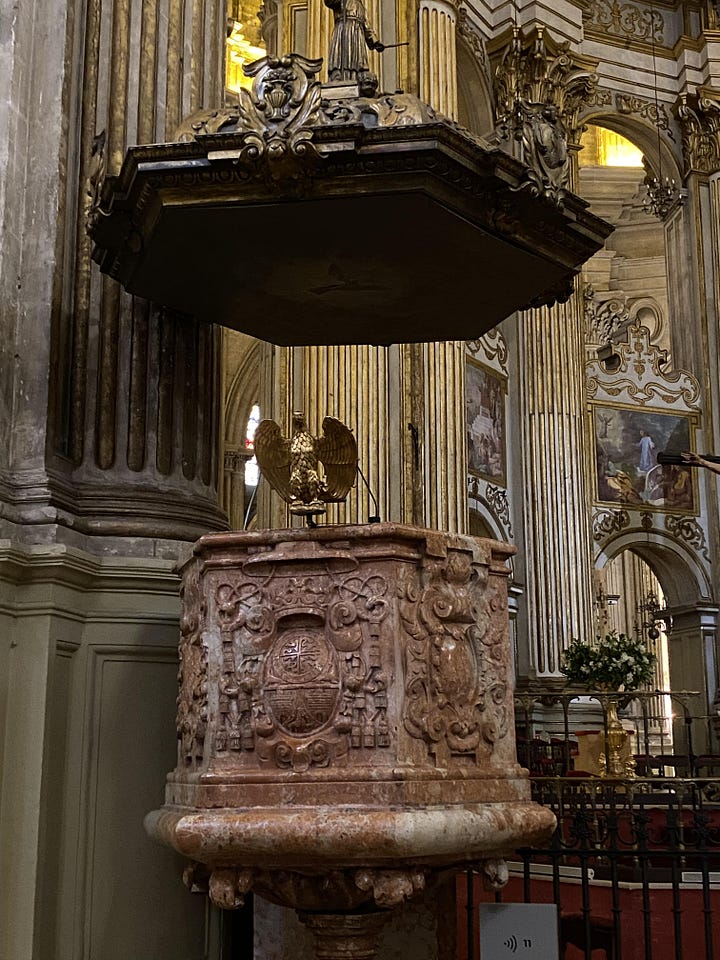
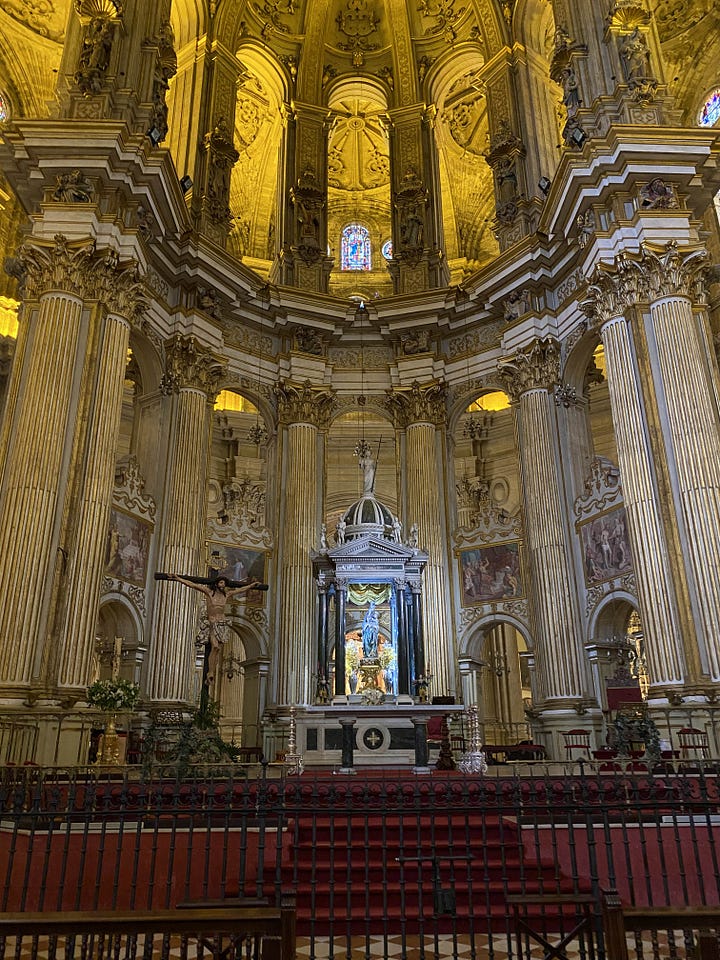
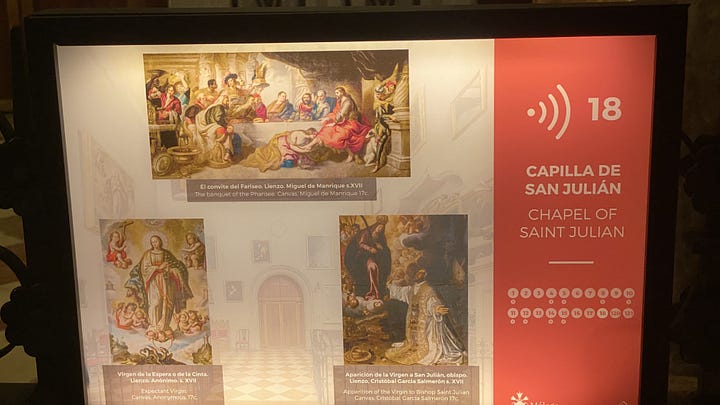
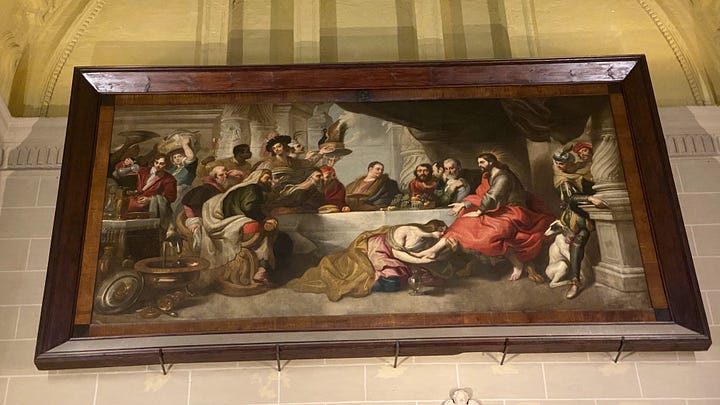
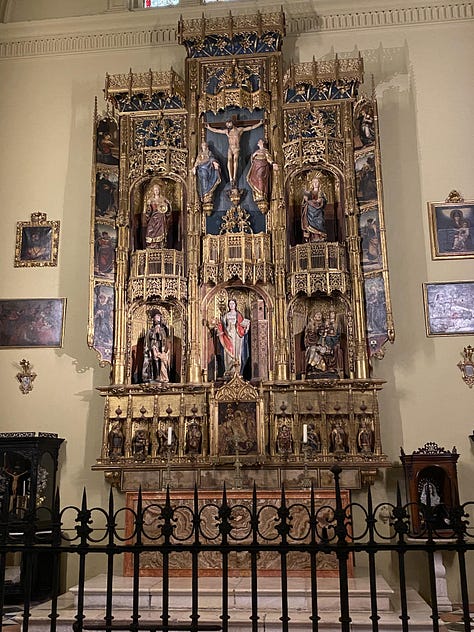
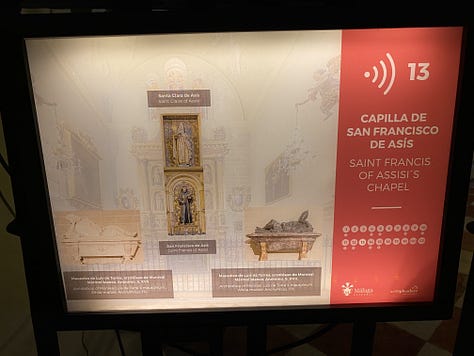
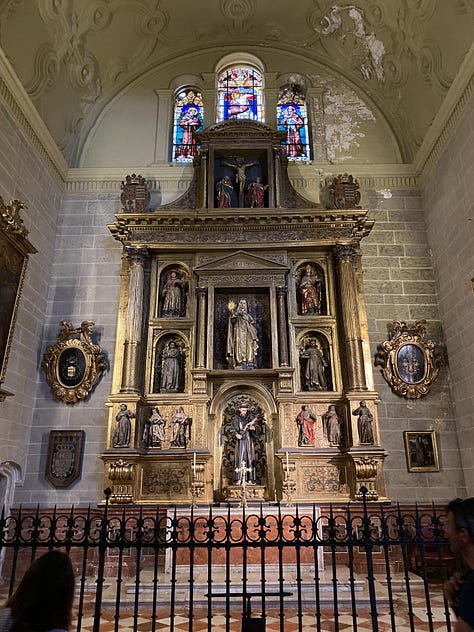
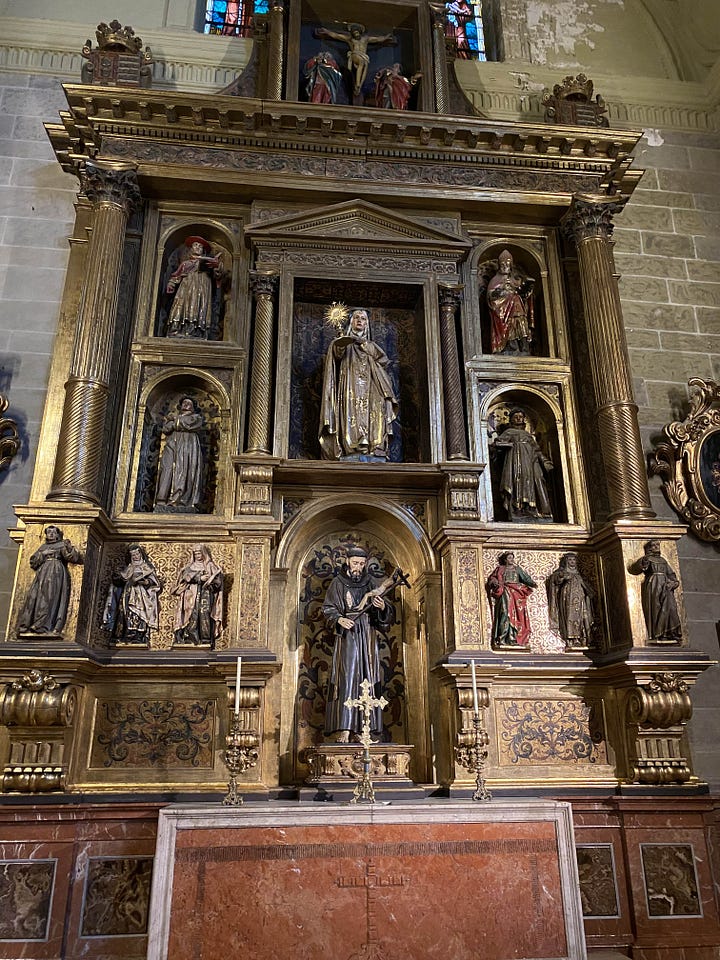
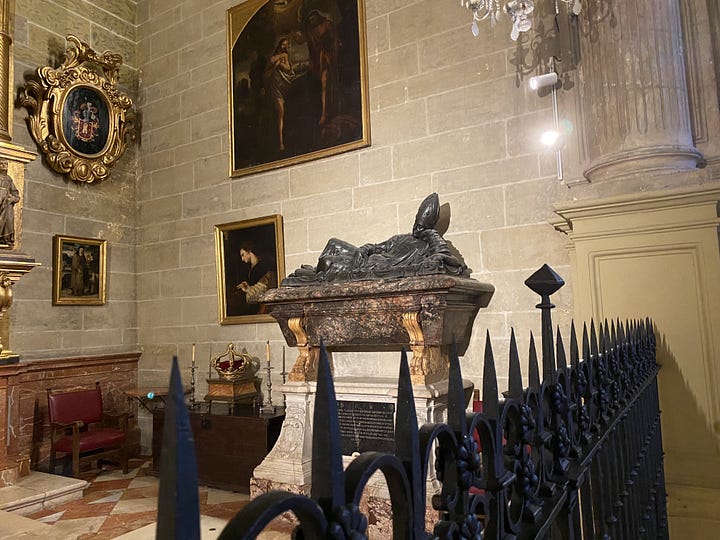
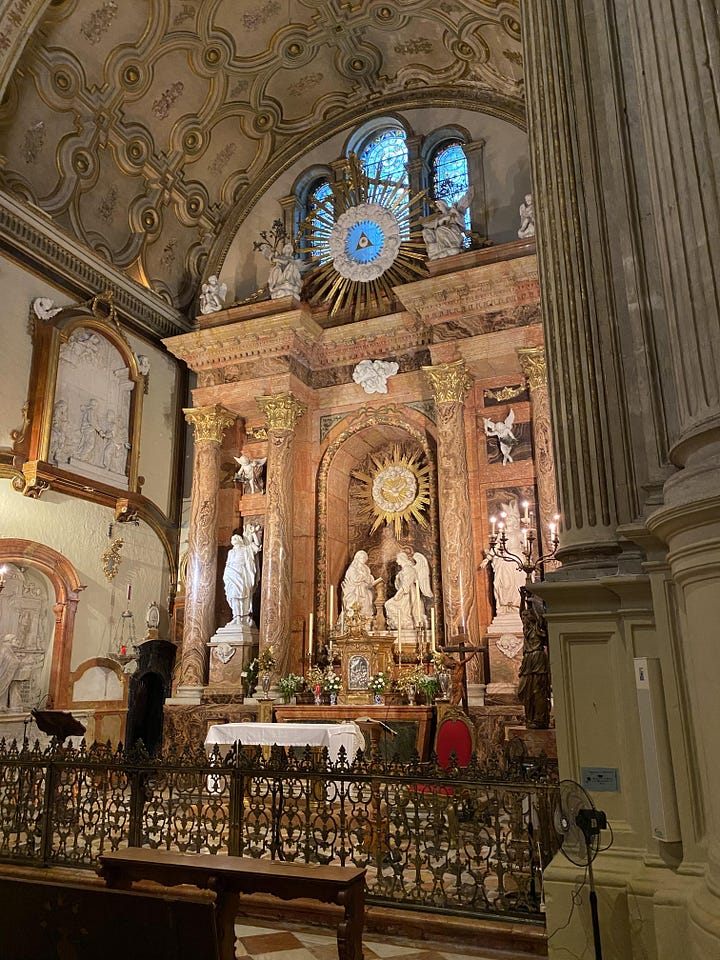
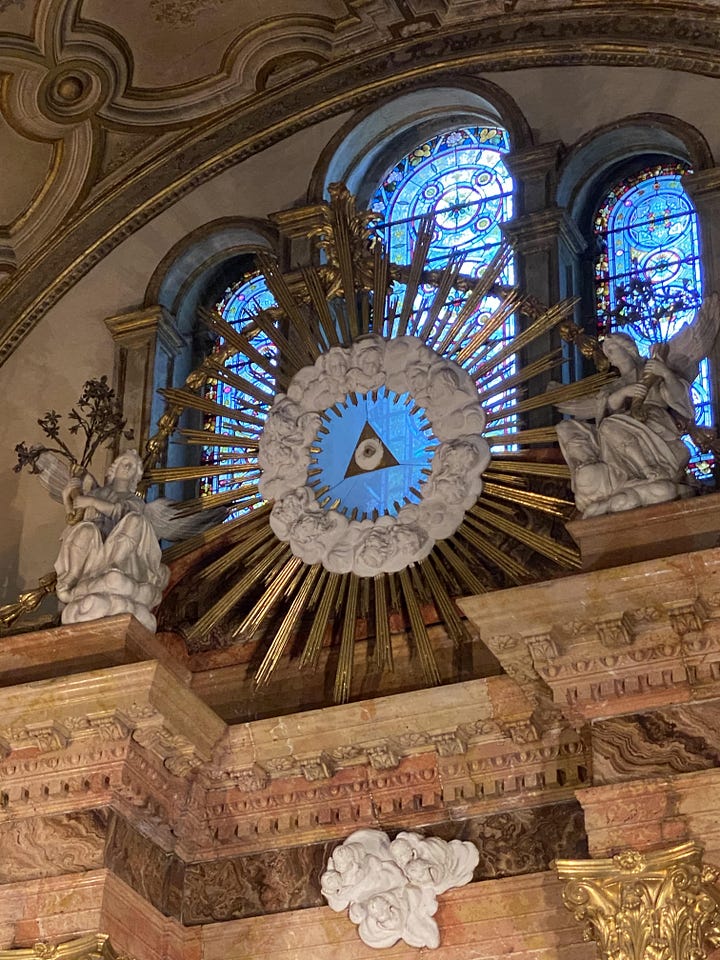
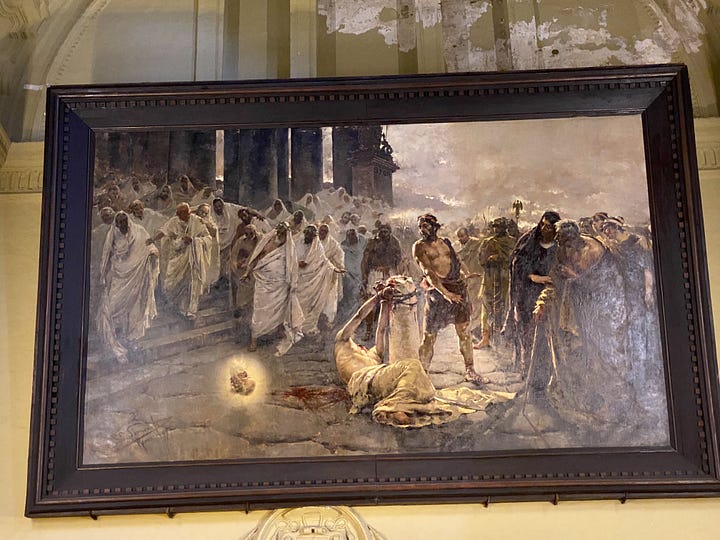
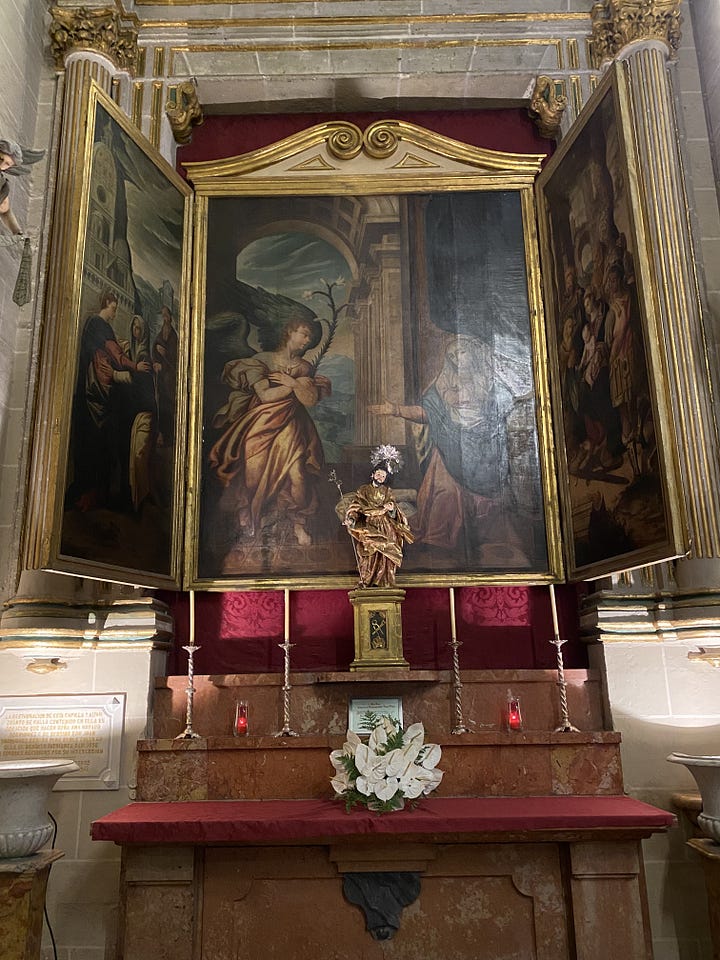
The interior designer of the hotel I stayed at in the Old Center neighborhood in Málaga — 103 meters down the street form the Carmen Thyssen Museum, gives a nod to the Museum’s artwork
My Hotel Room; The Carmen Thyssen Museum
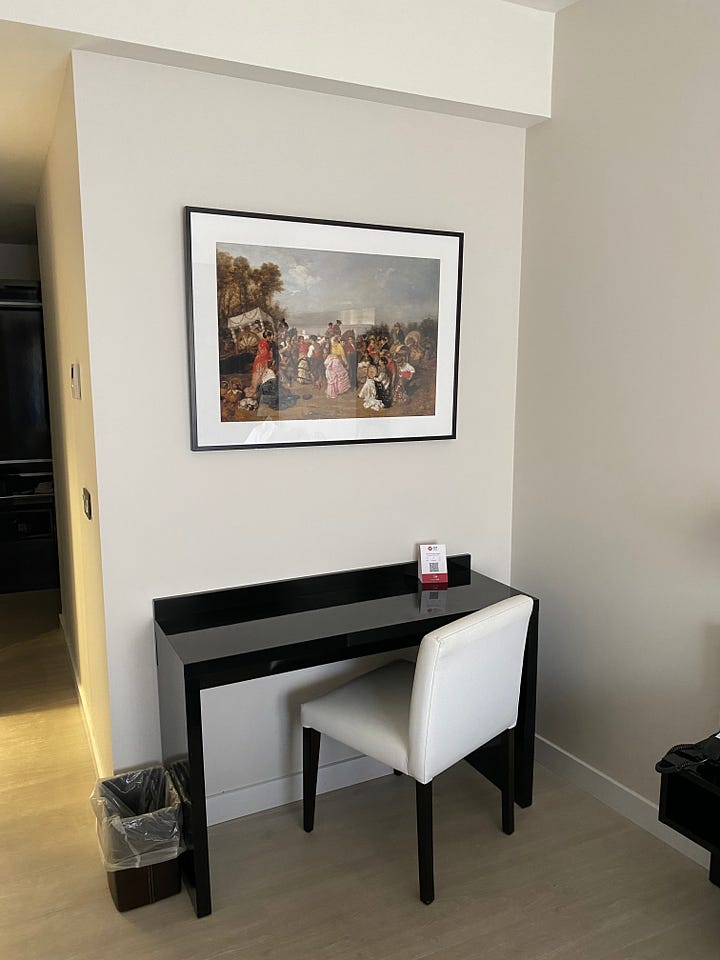
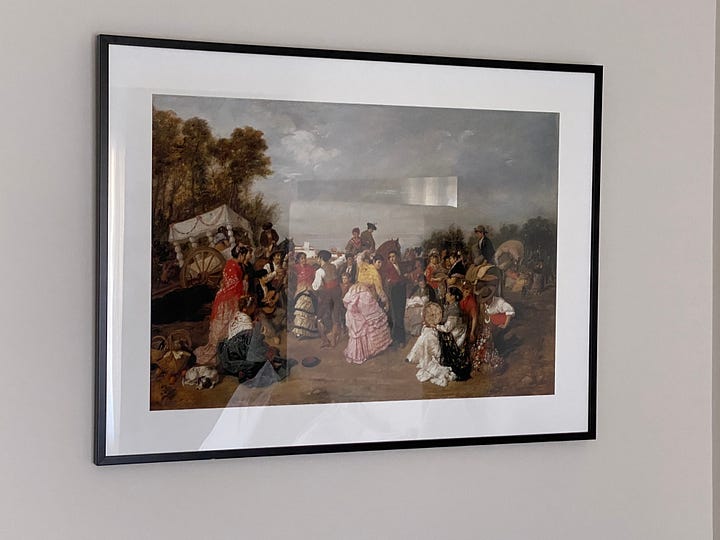
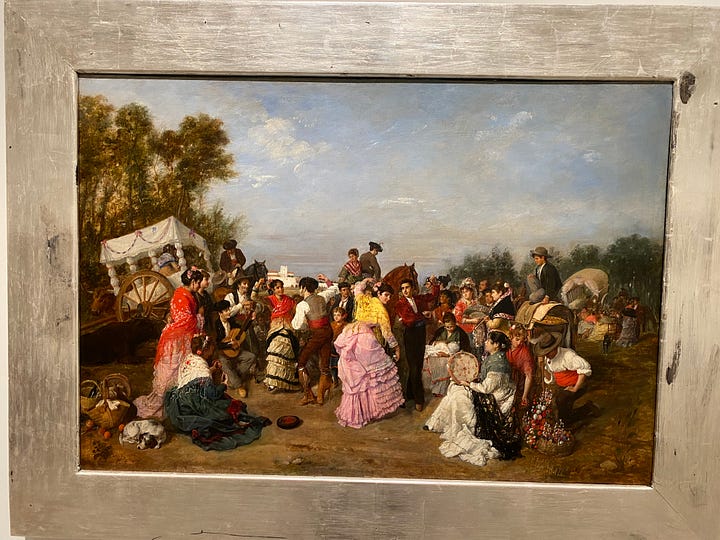
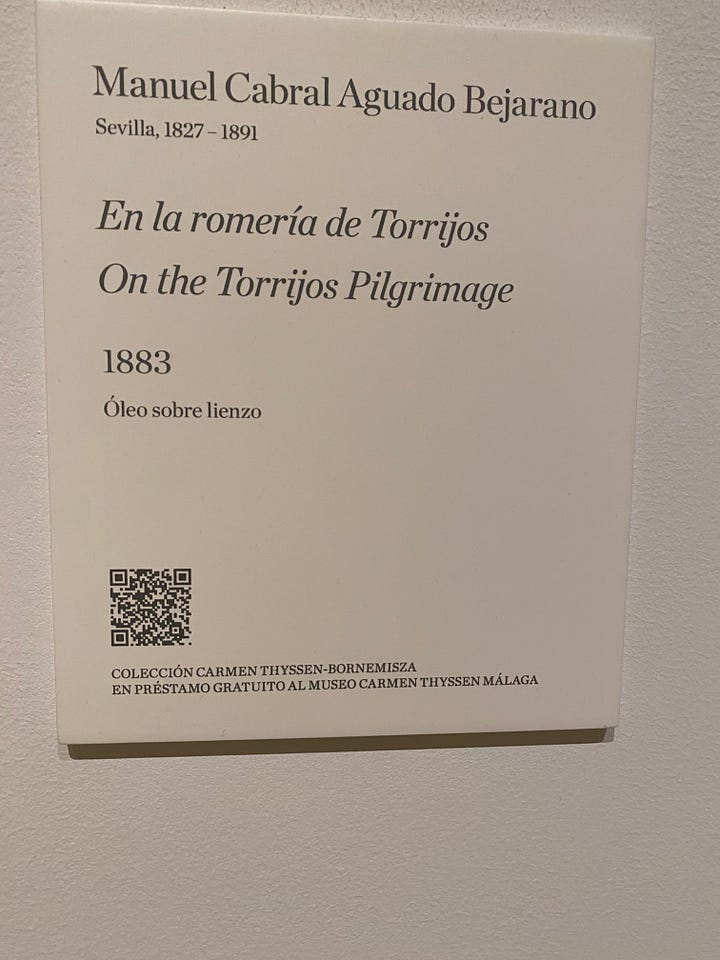
The Realities of War
That Stone Plaque
Mounted in the Roman Catholic Church section of the Córdoba Mosque. It’s in memory of those Priests from Córdoba killed during the Spanish Civil War.
Did these Priests pledge allegiance to Franco, or did they remain officially neutral? Regardless, did some of them form a spy network (intelligence network) for Franco? Before the enactment of the 1949 Geneva Convention, captured spies—especially those caught behind enemy lines wearing disguises, were summarily executed. Were any of these Priests summarily executed by the communists under the accusation of being a spy?
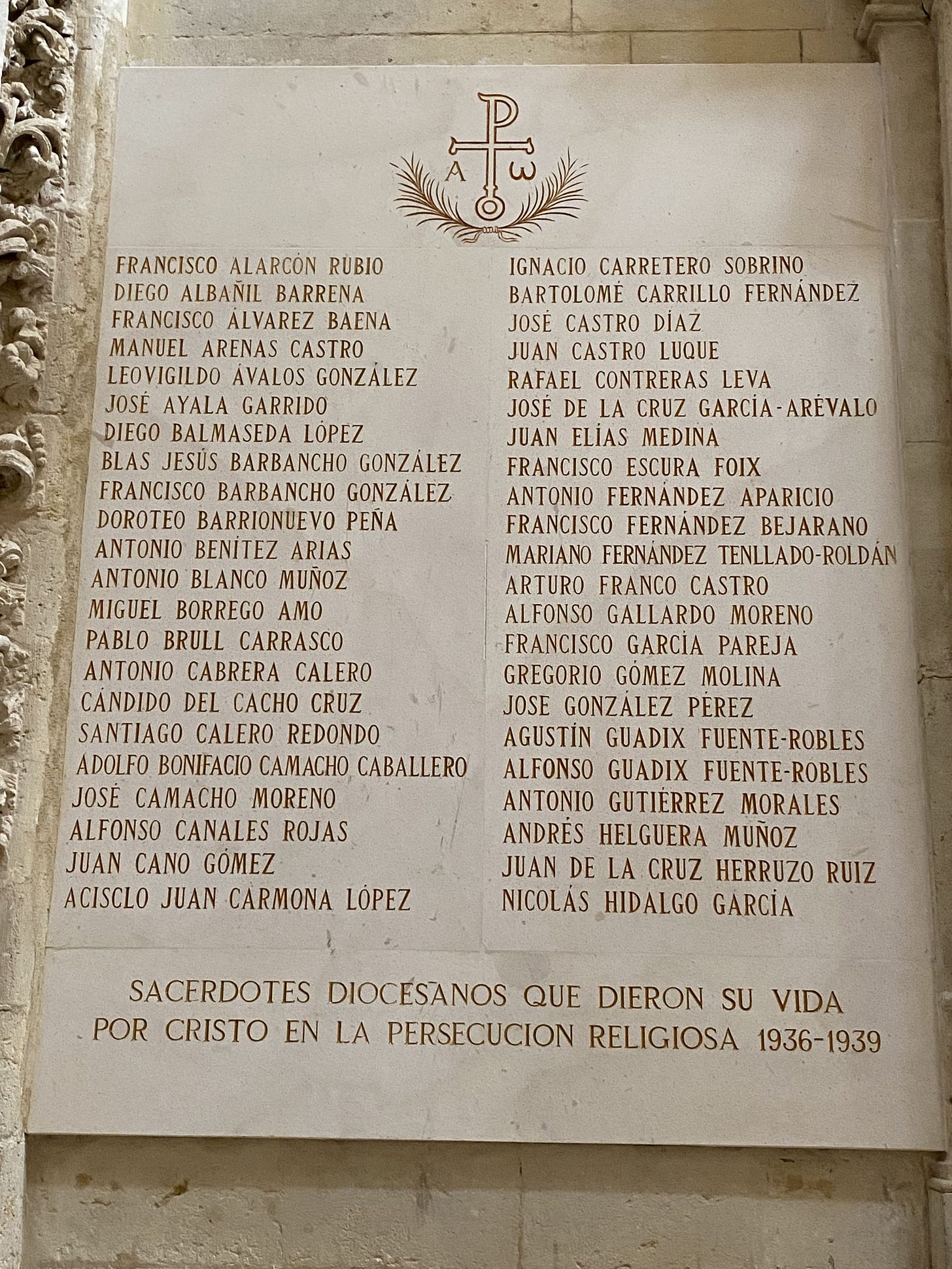
“Caravaggio”
The Realities of War collapsed down into one millisecond
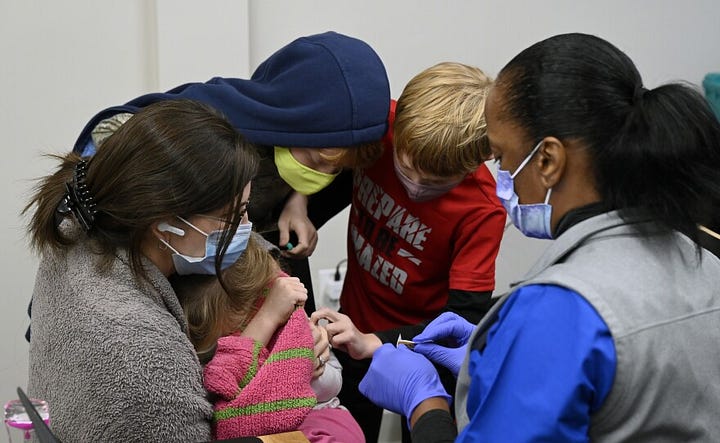

-- Tom Kudla

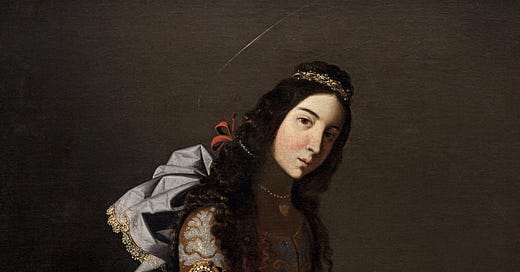


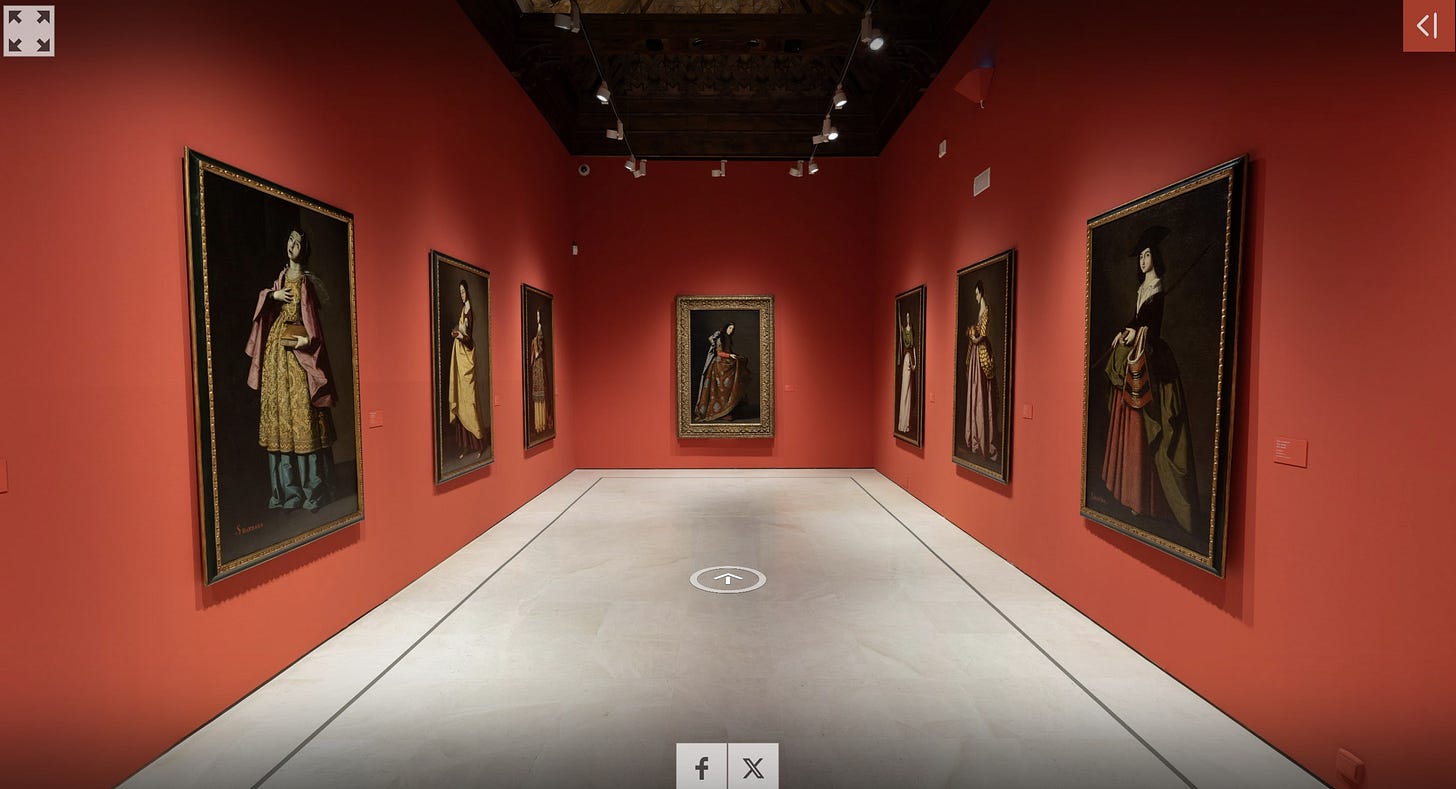
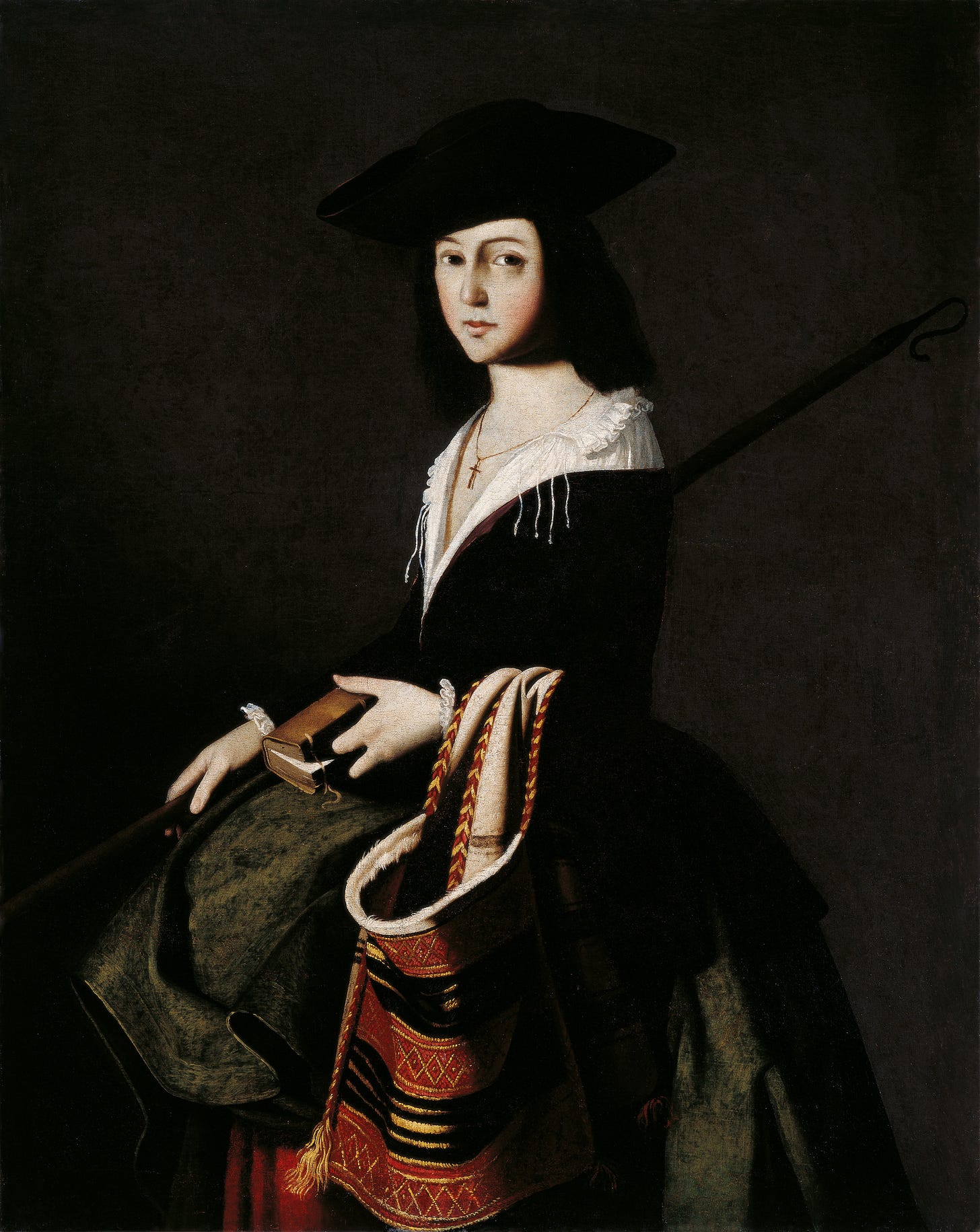
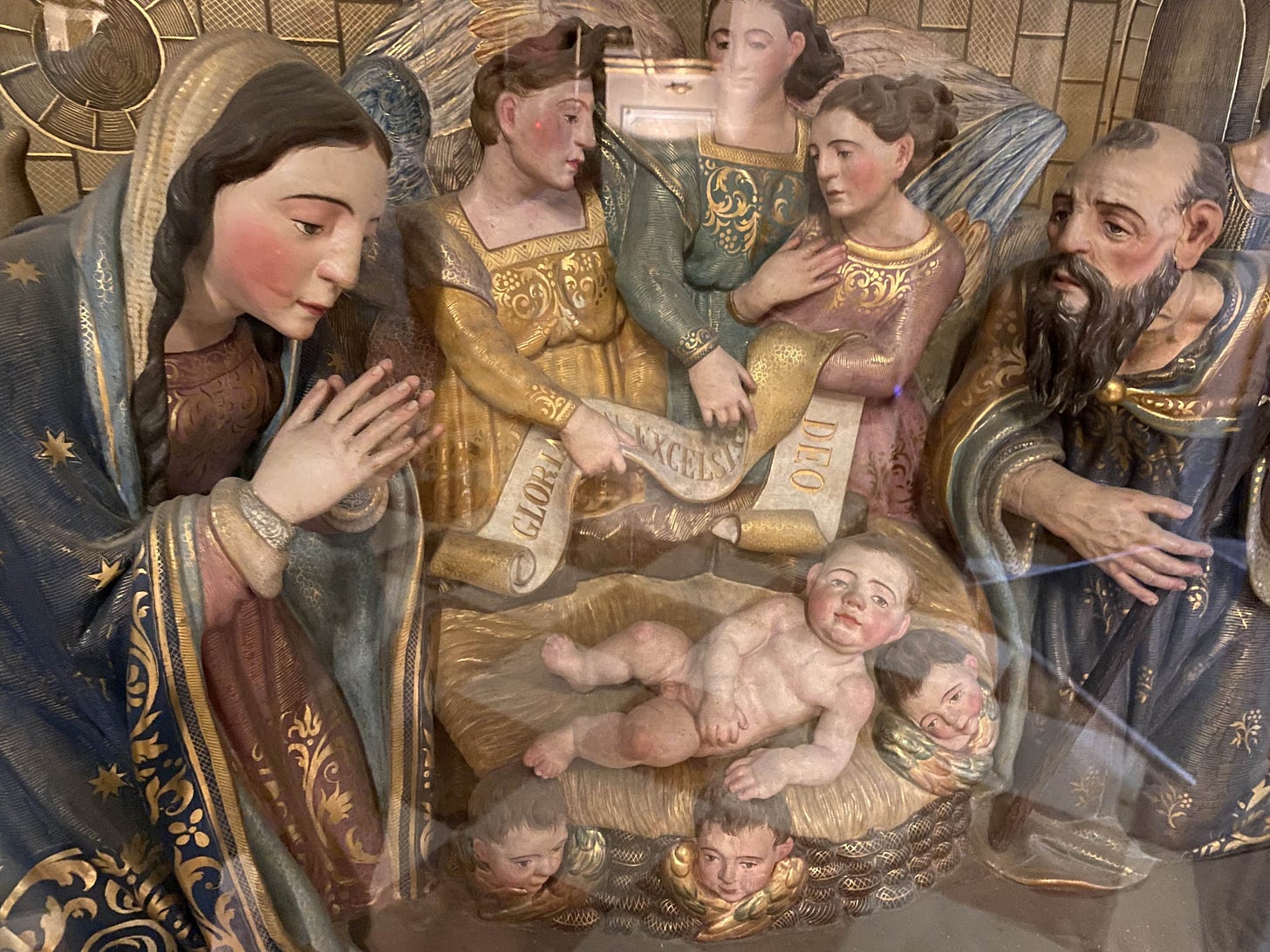
That was quite the experience. Pretty amazing tour. Dang.